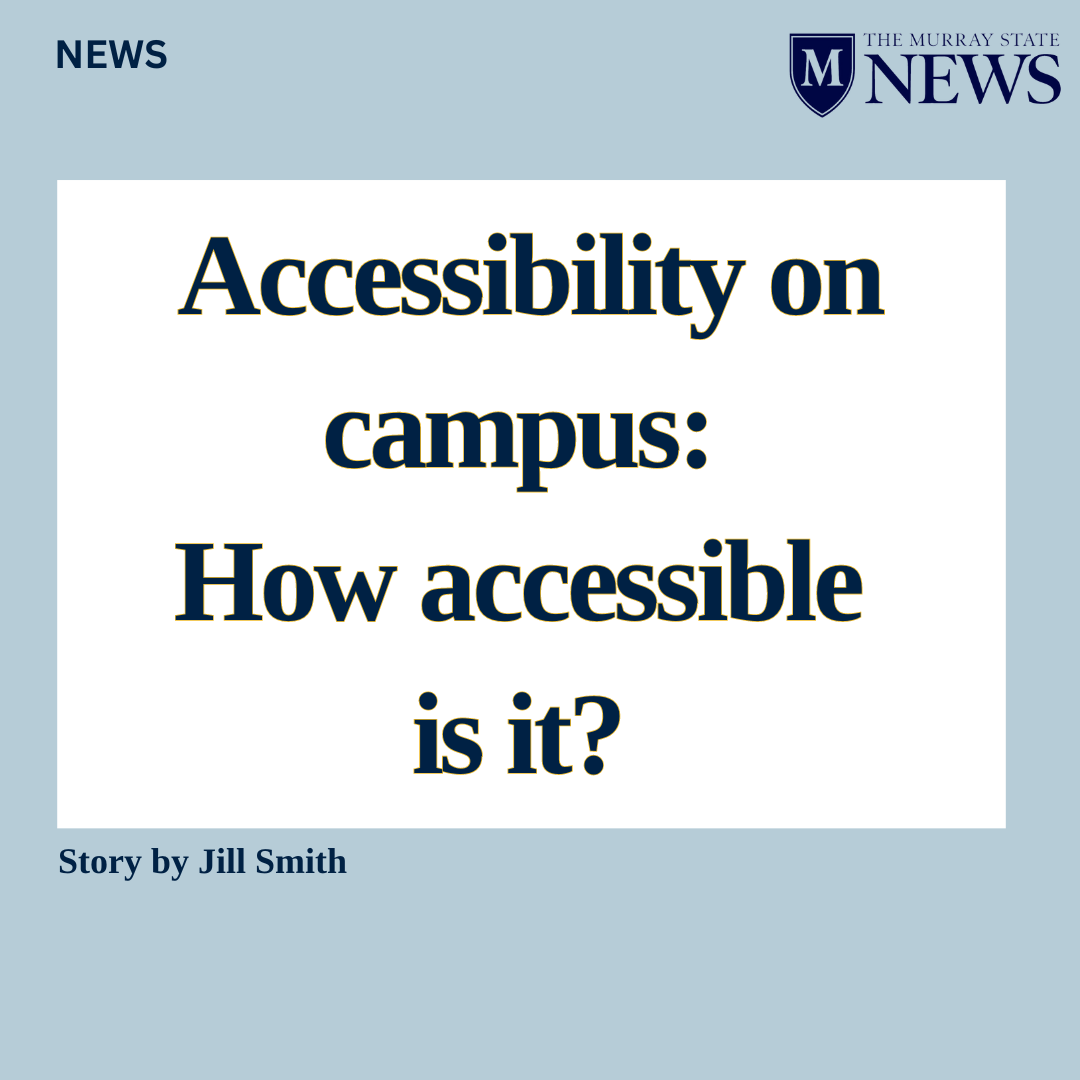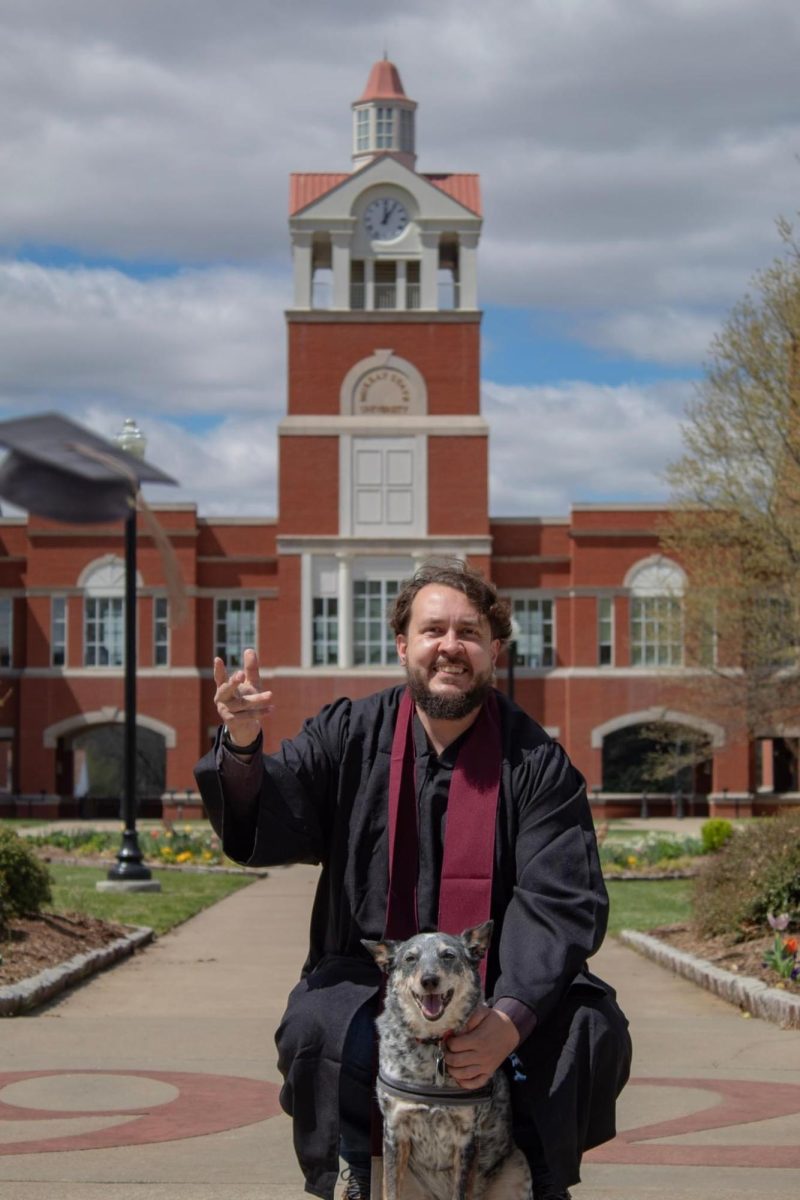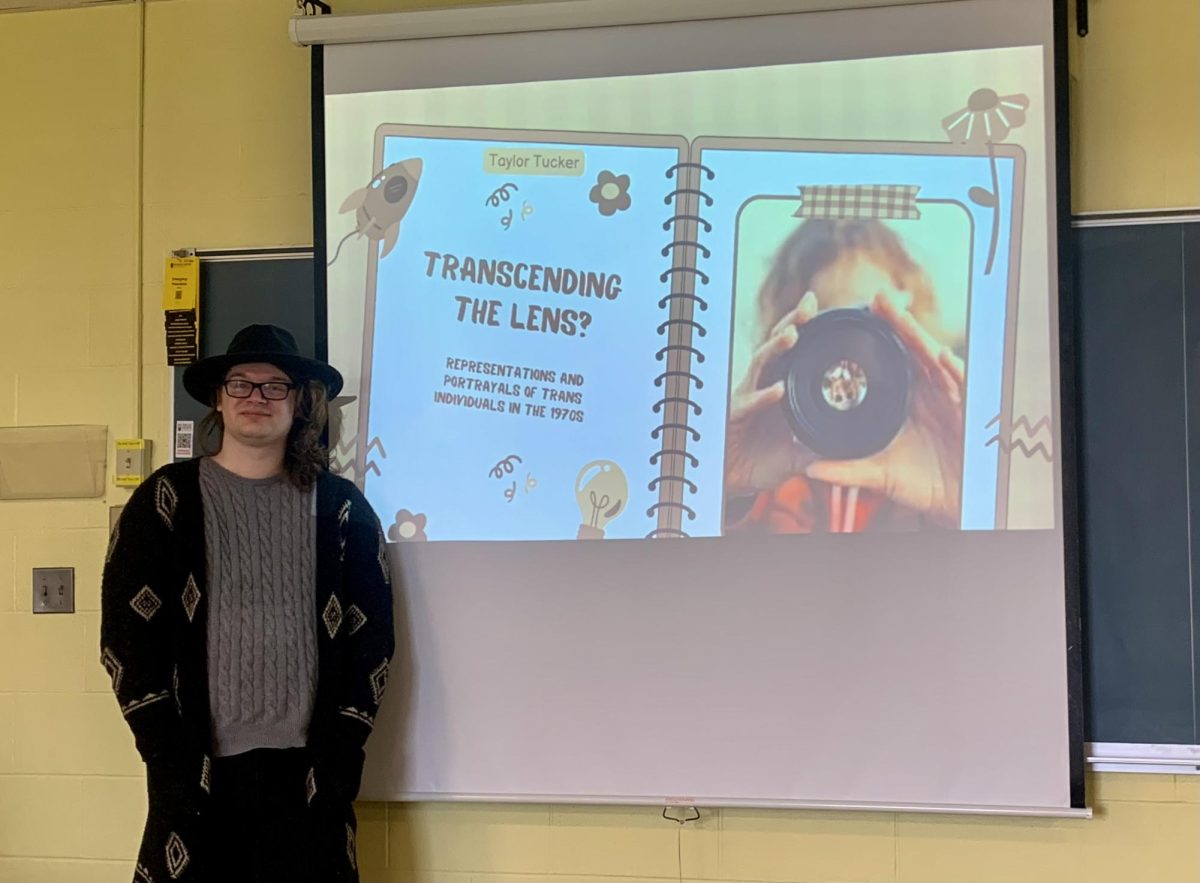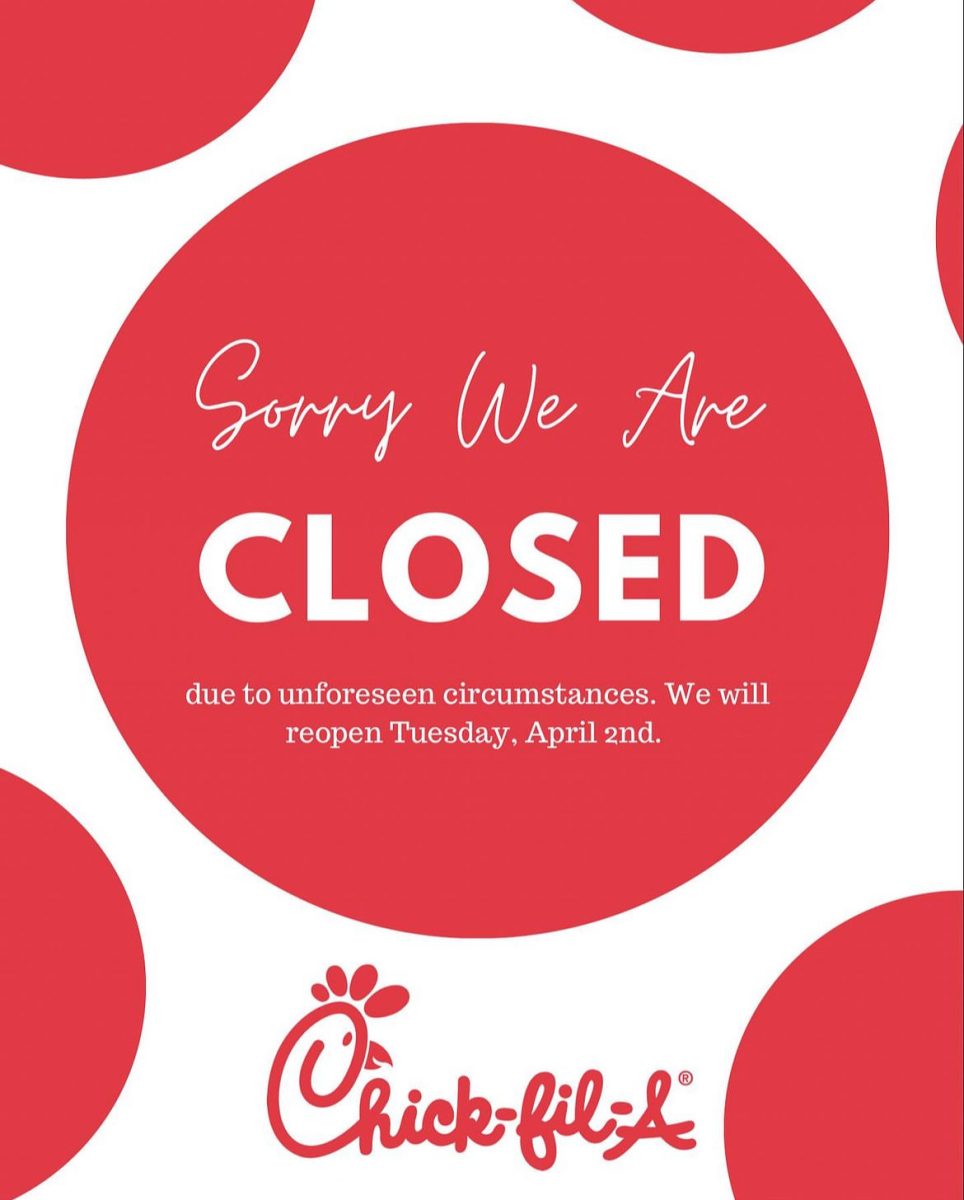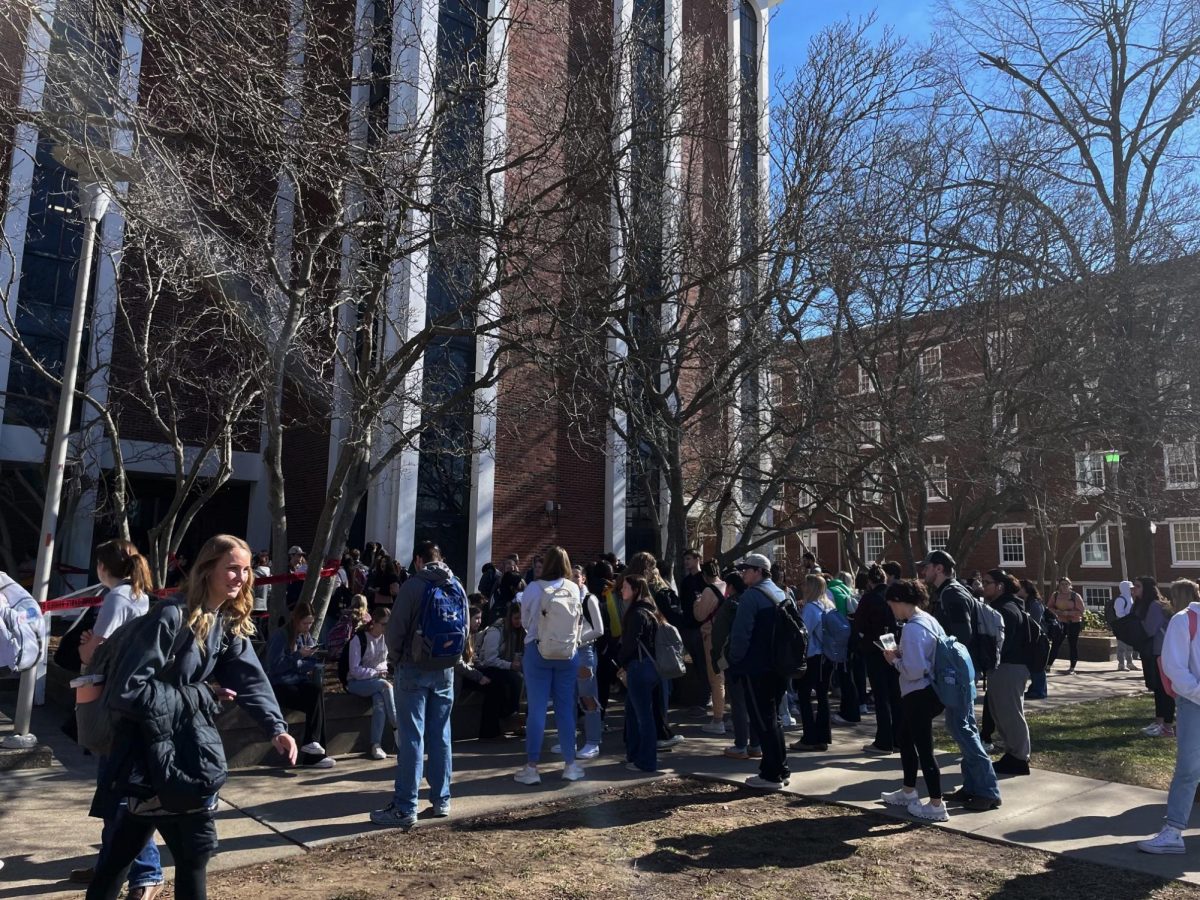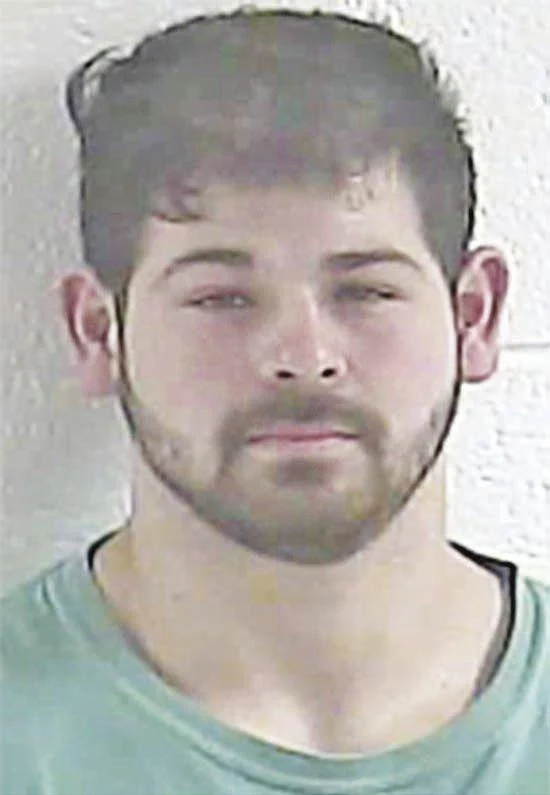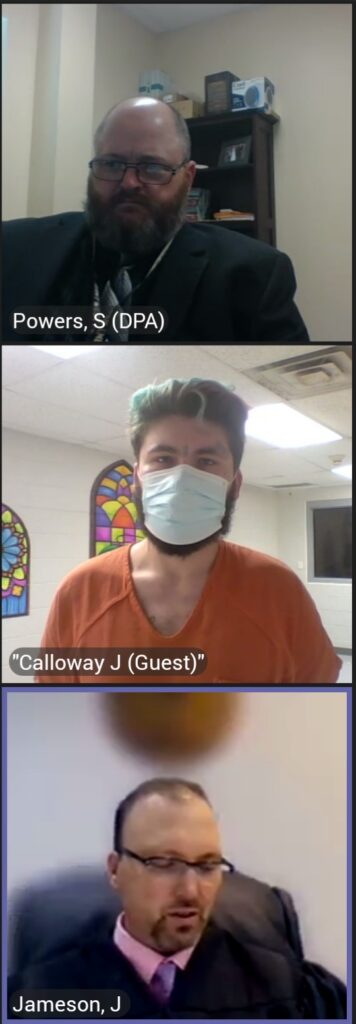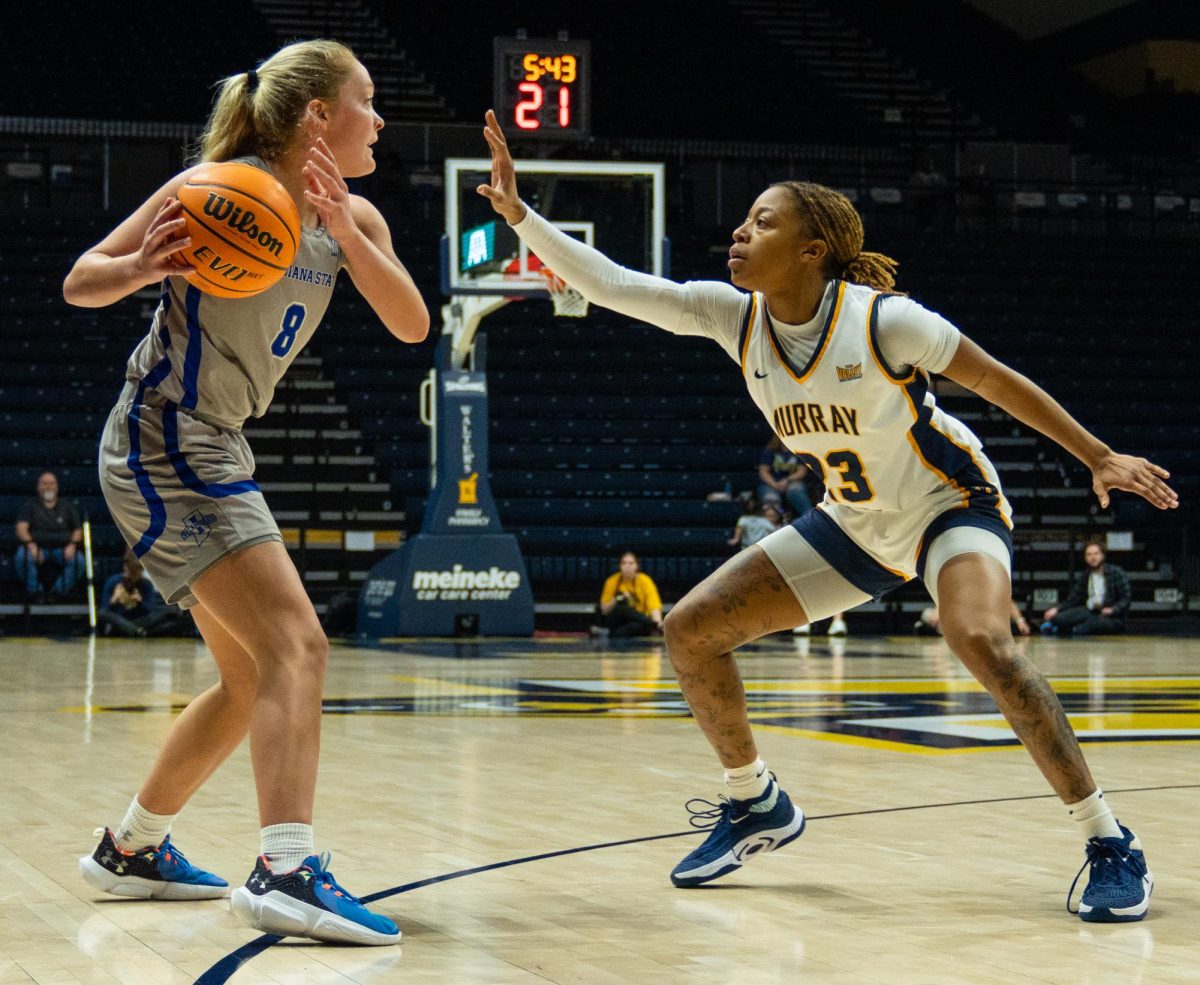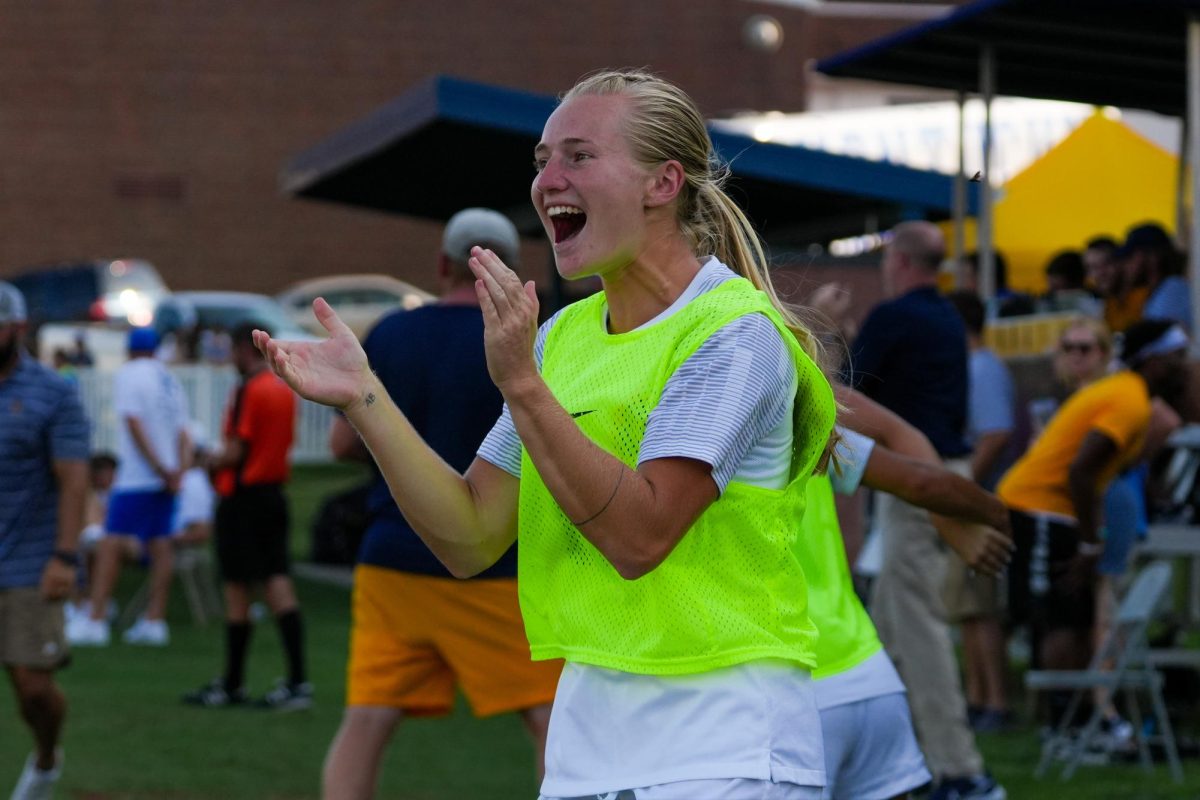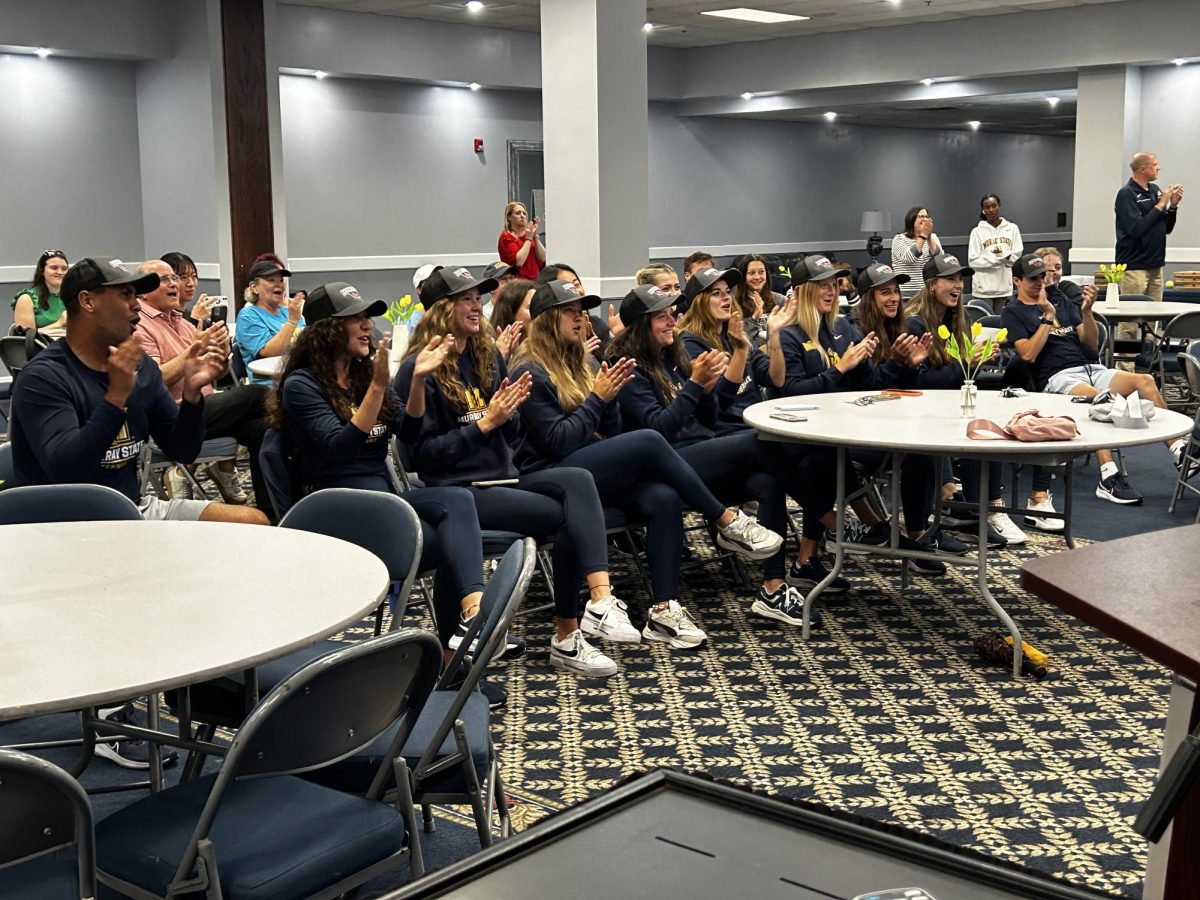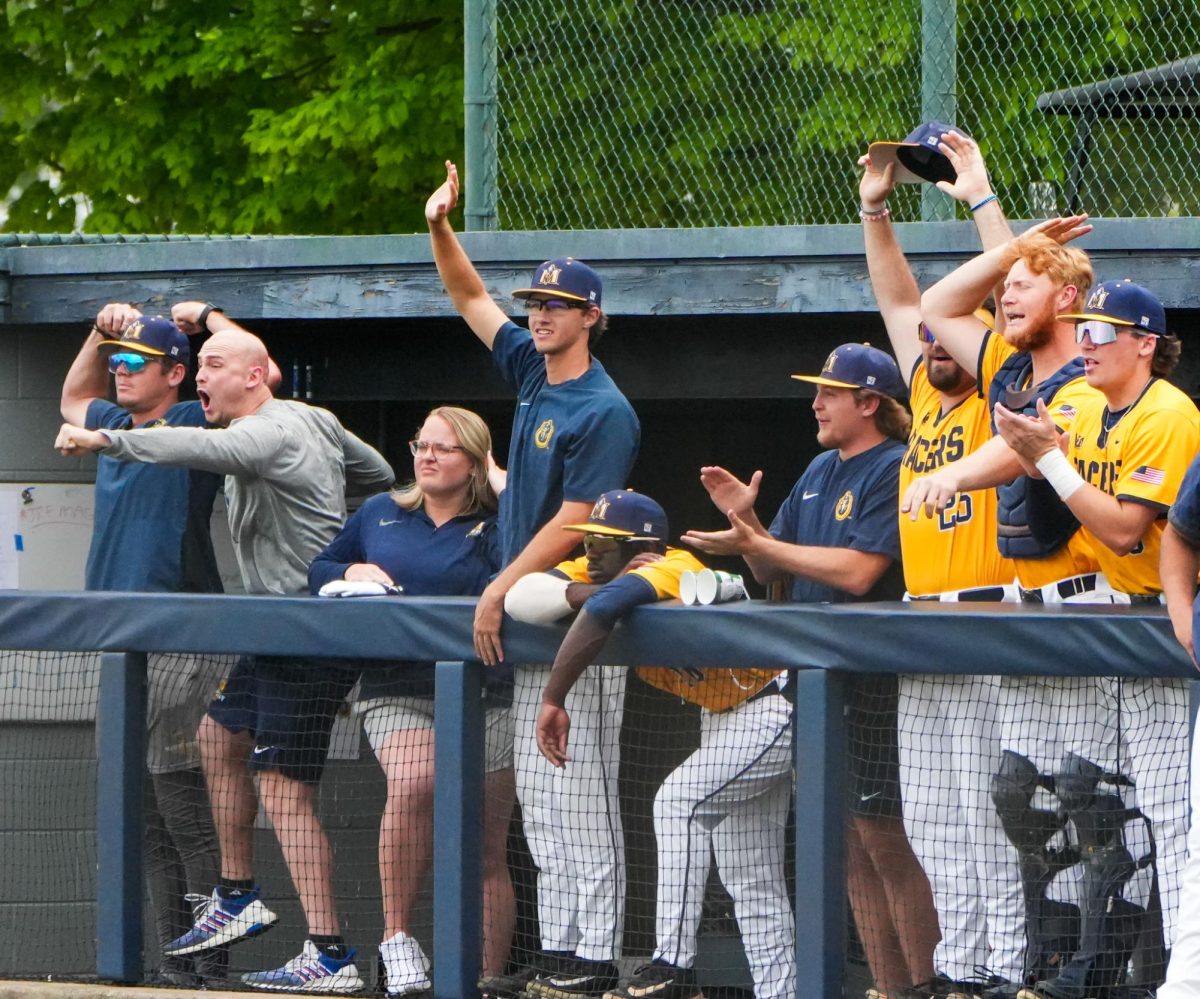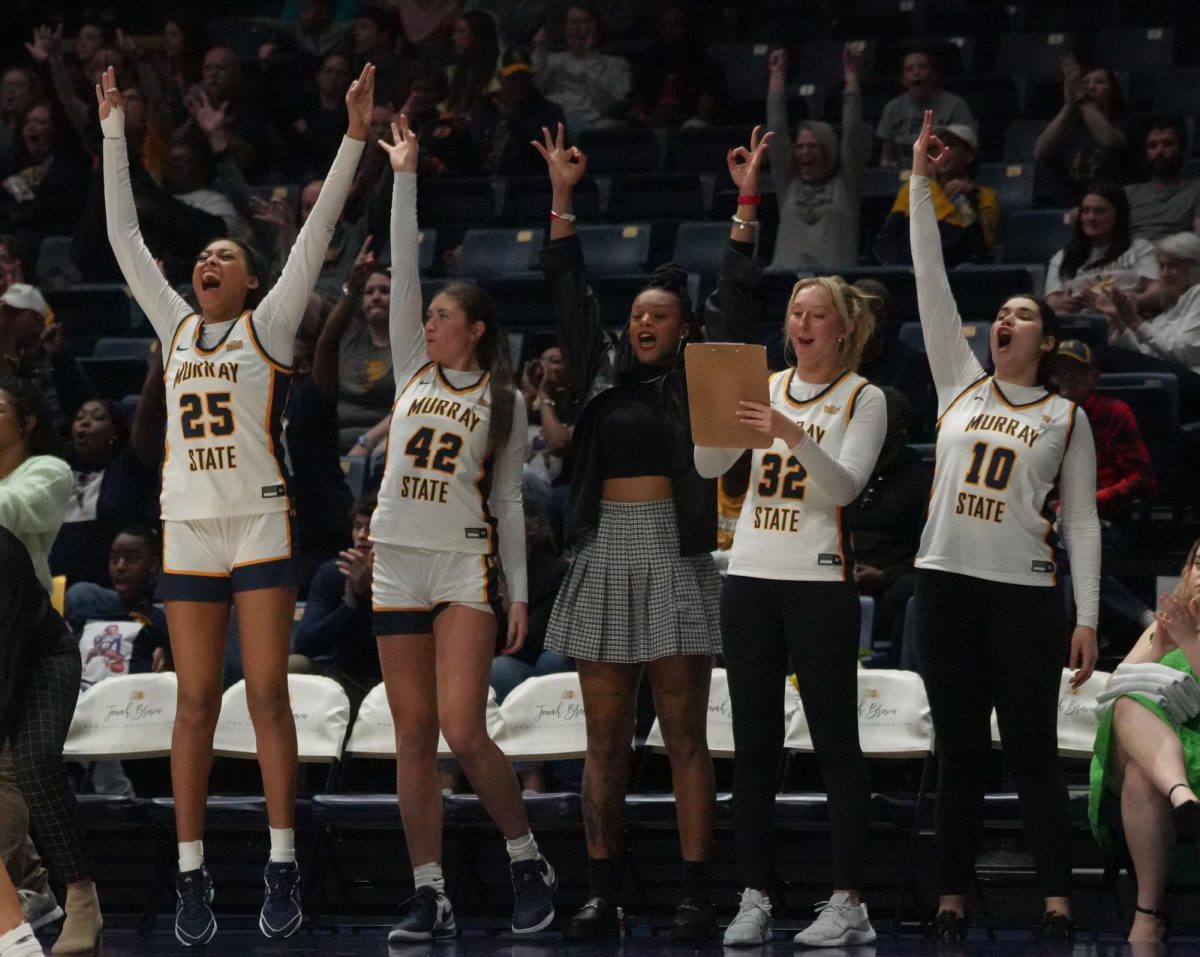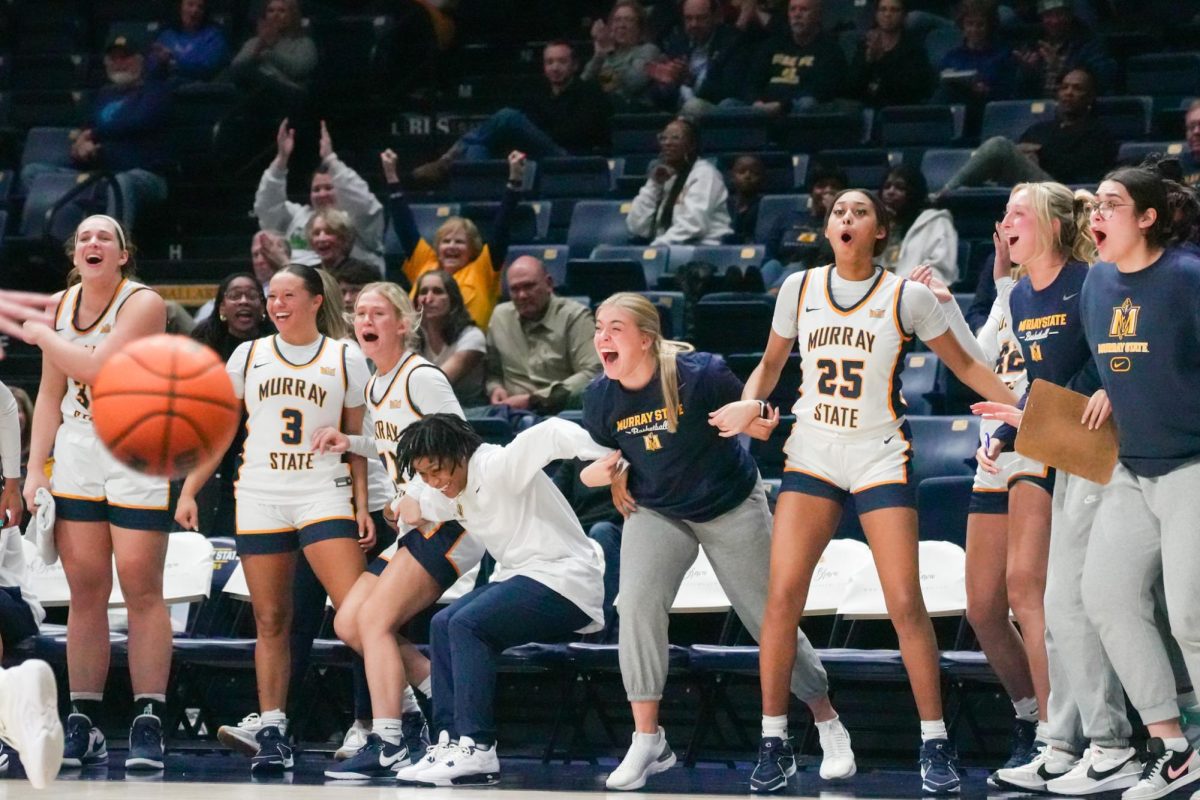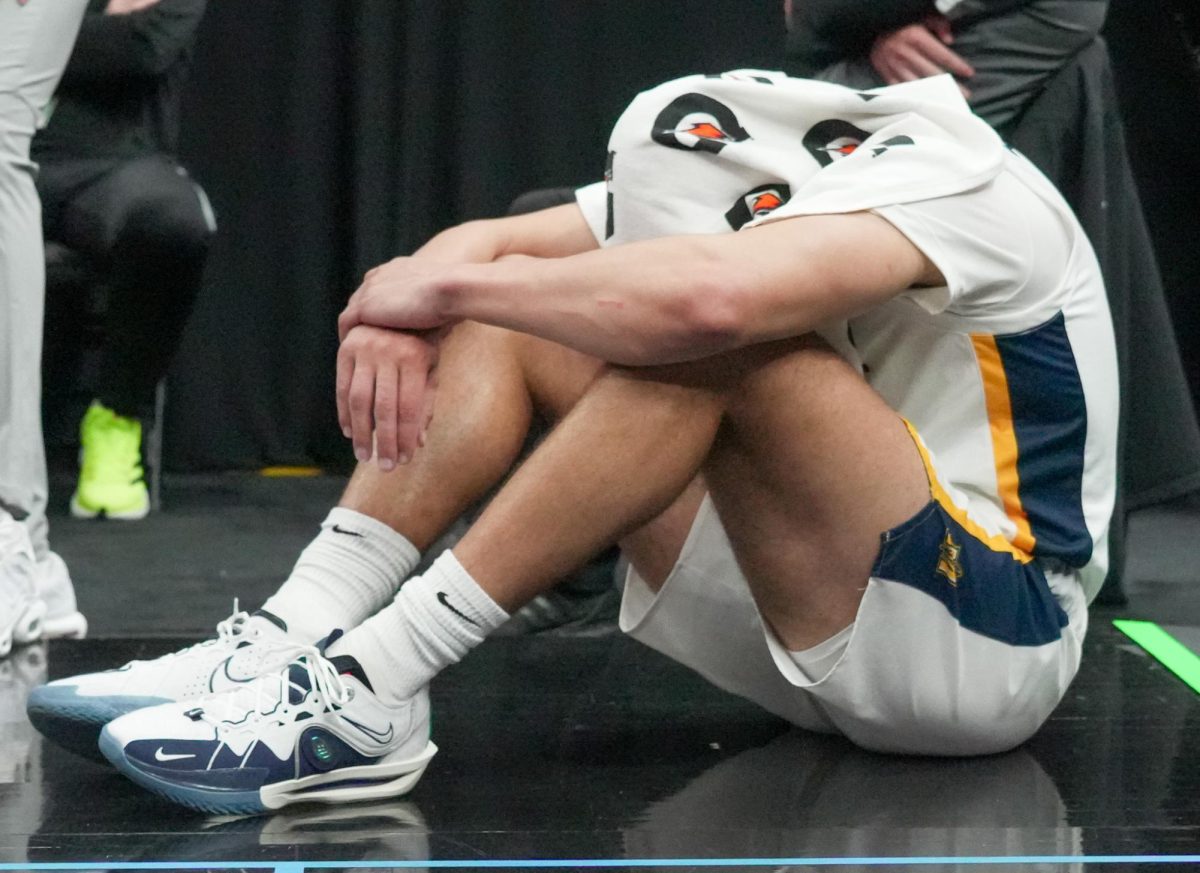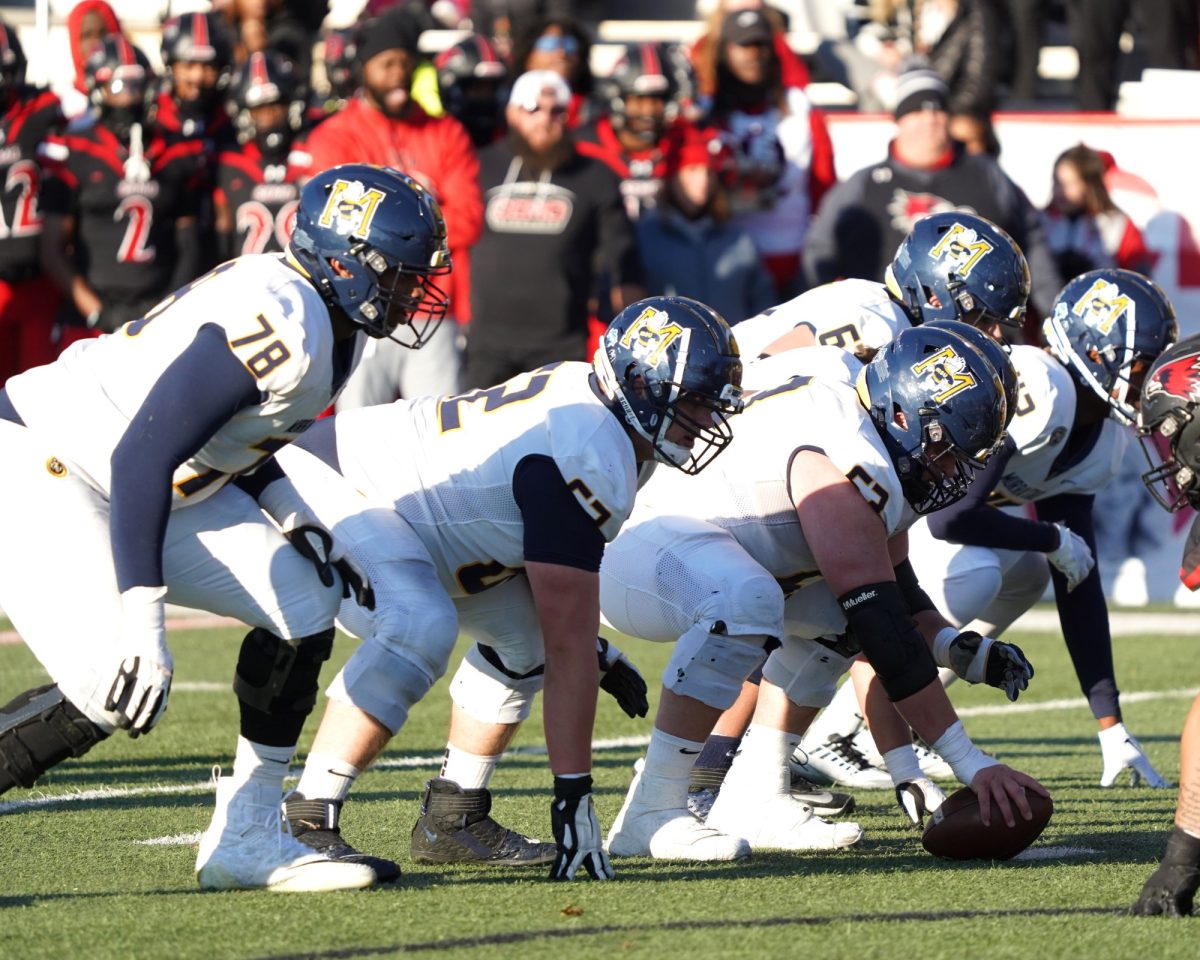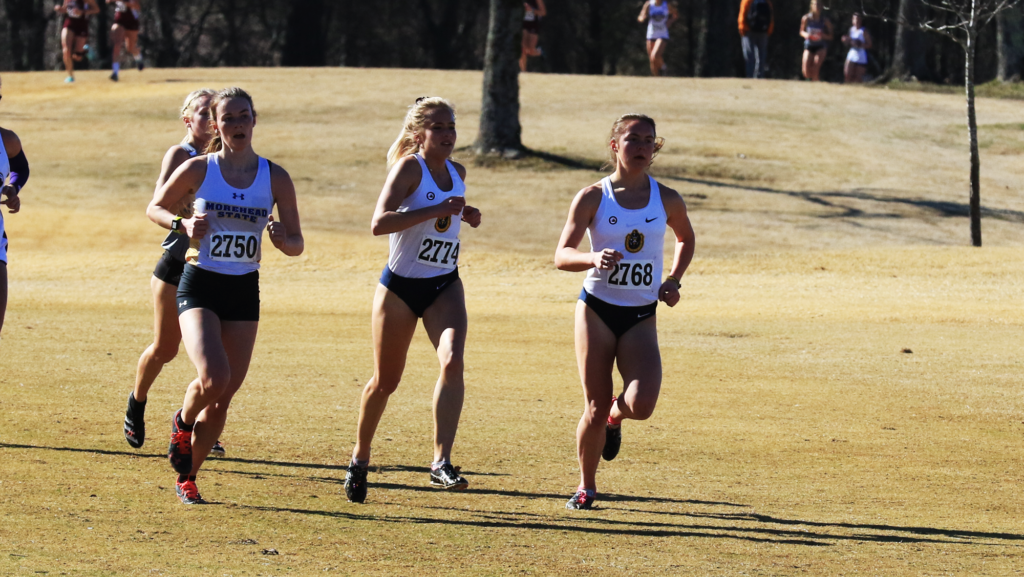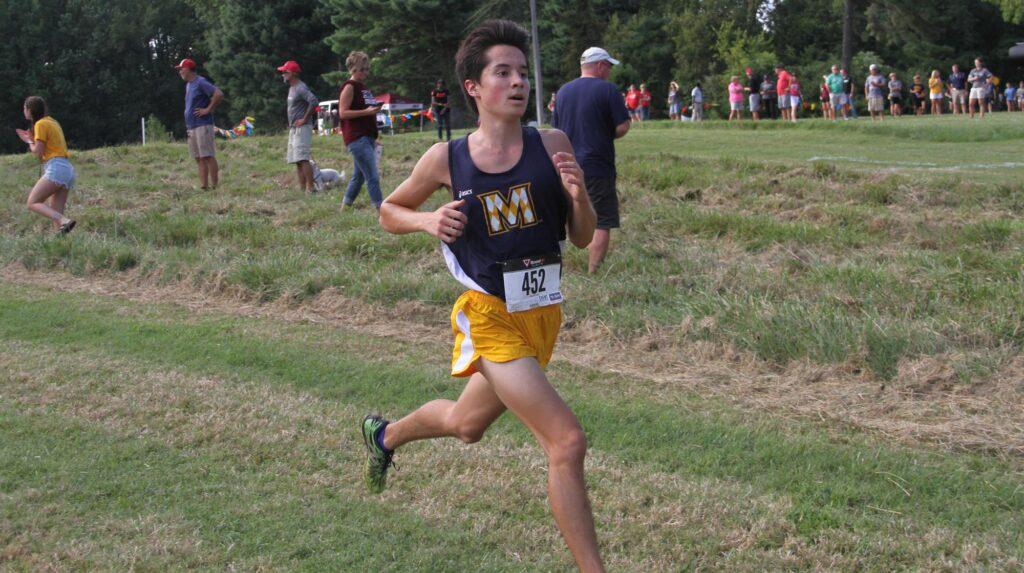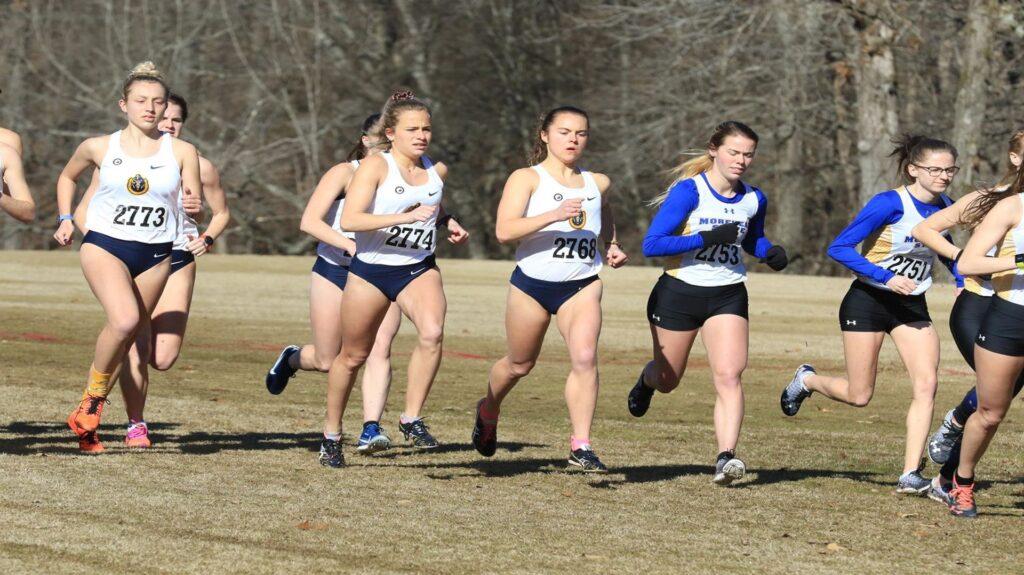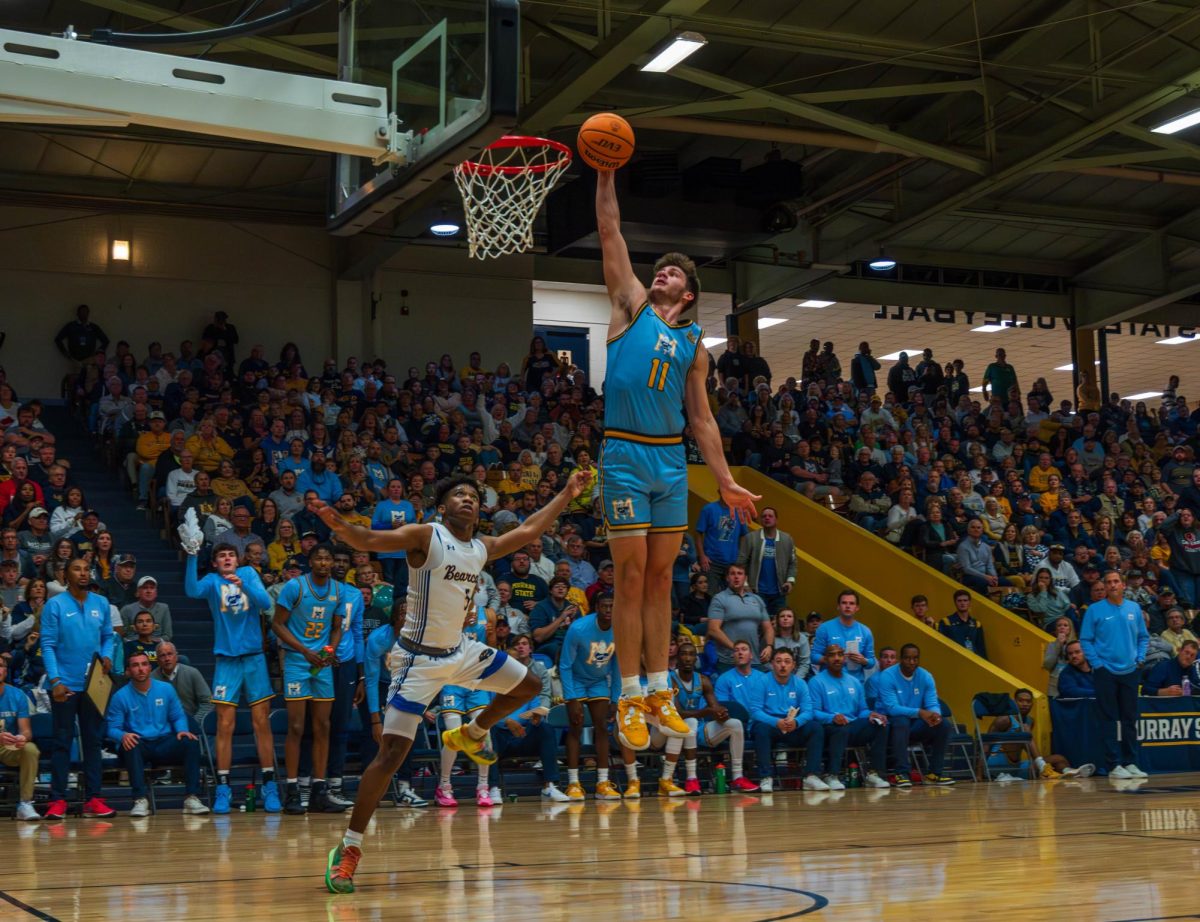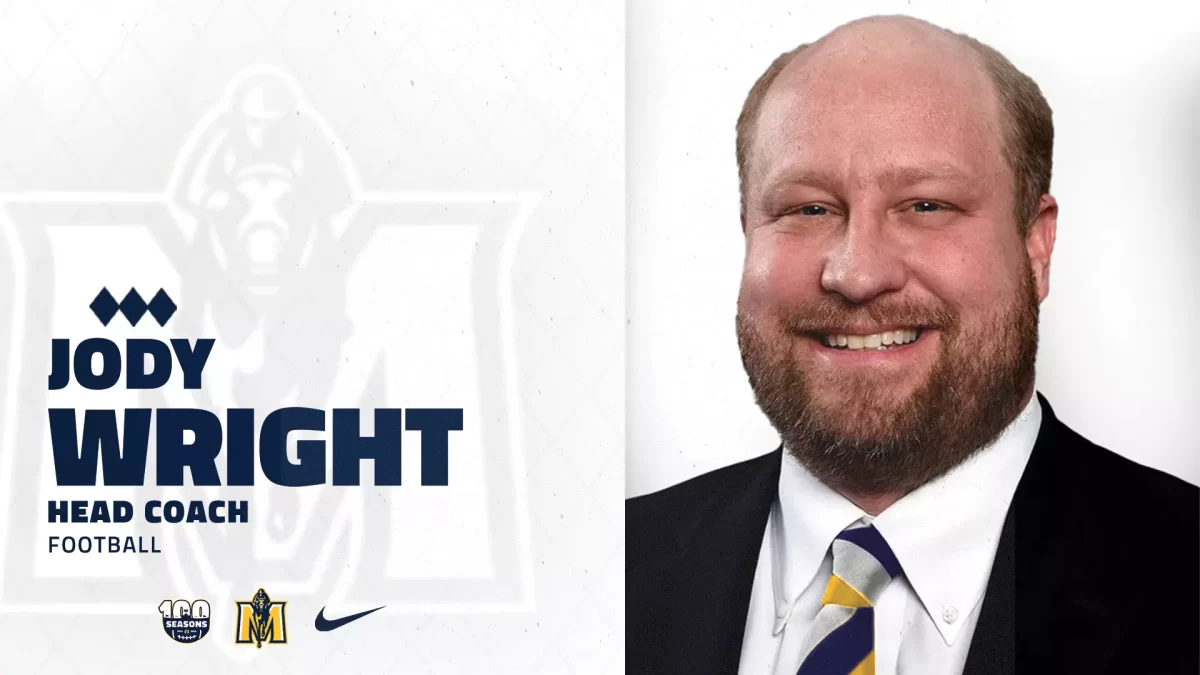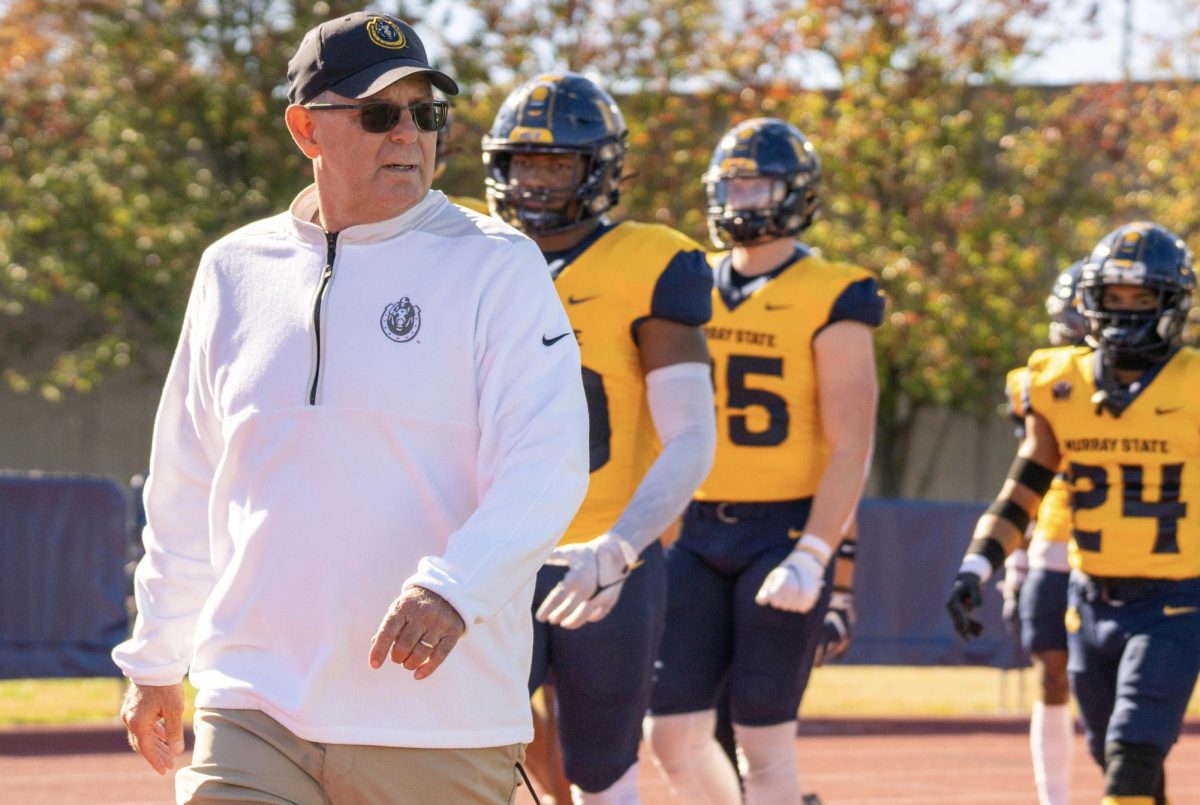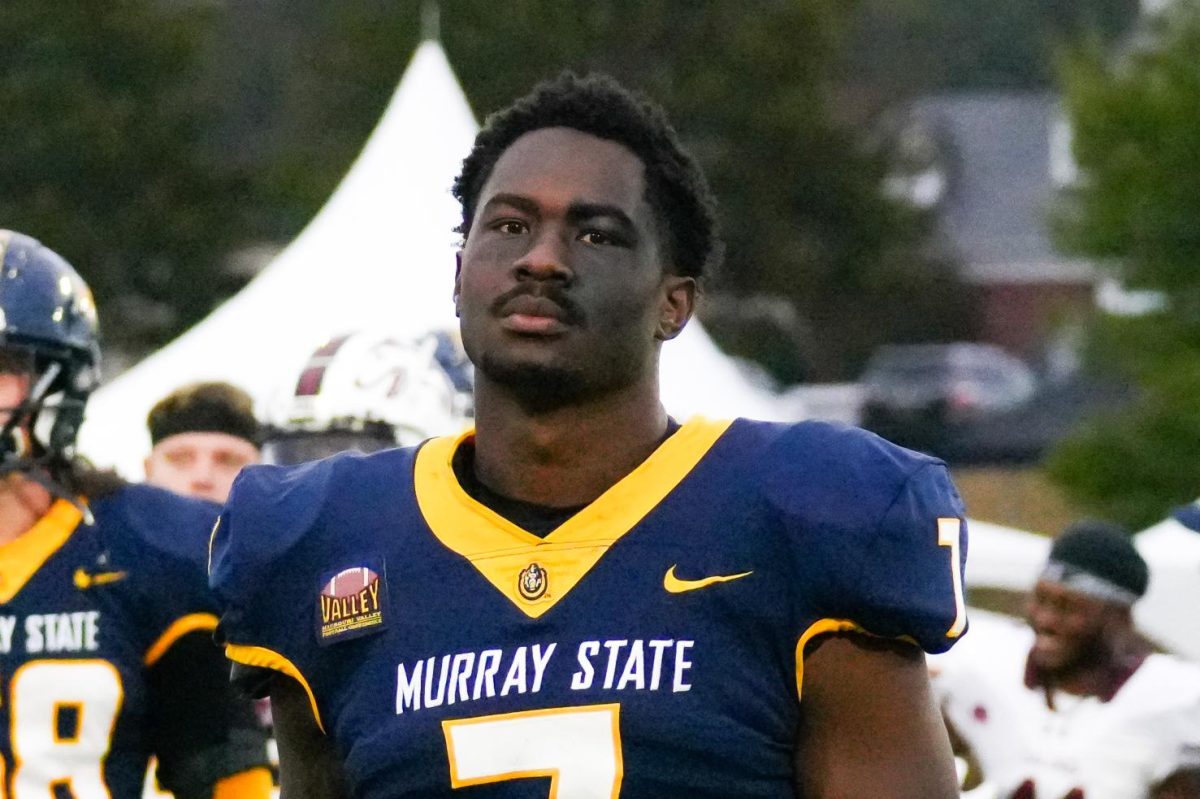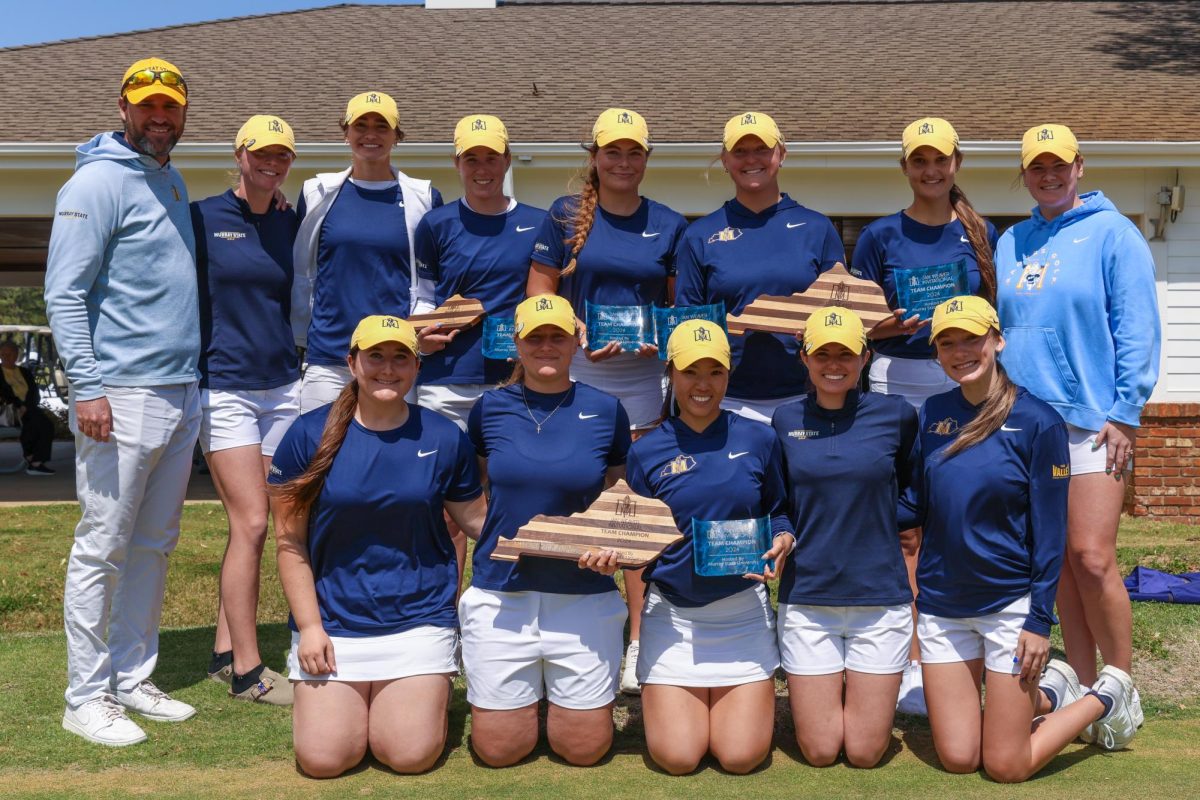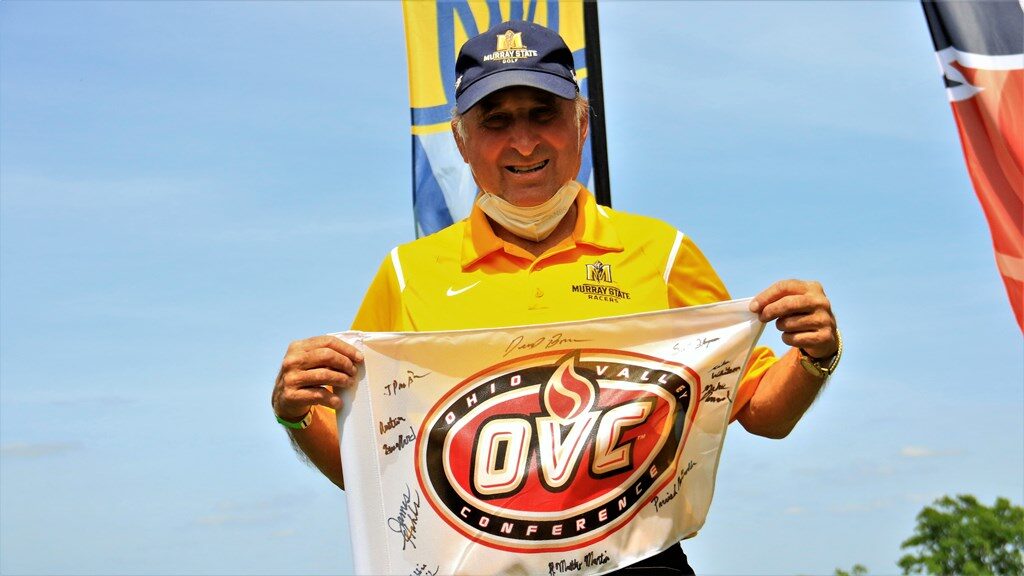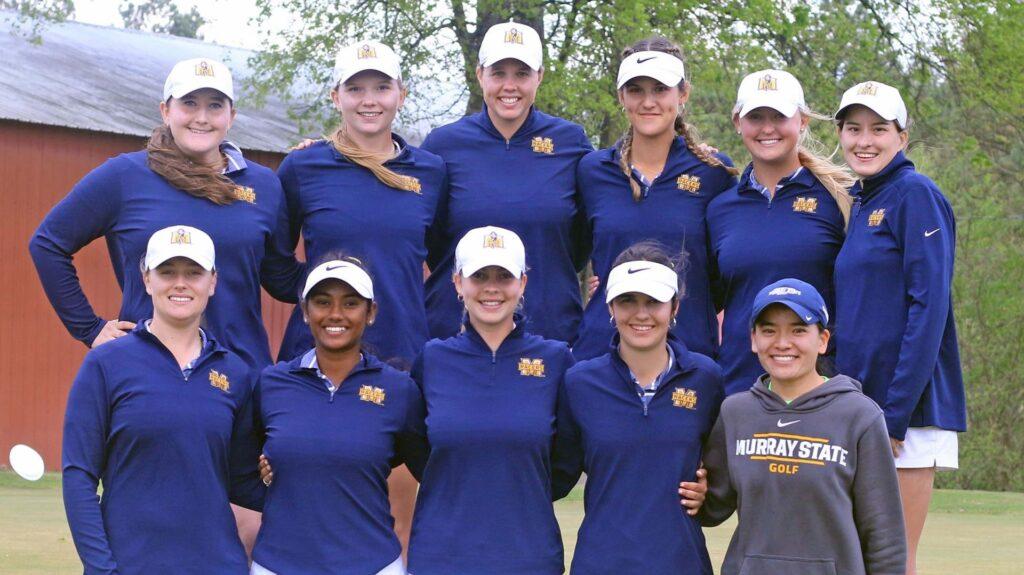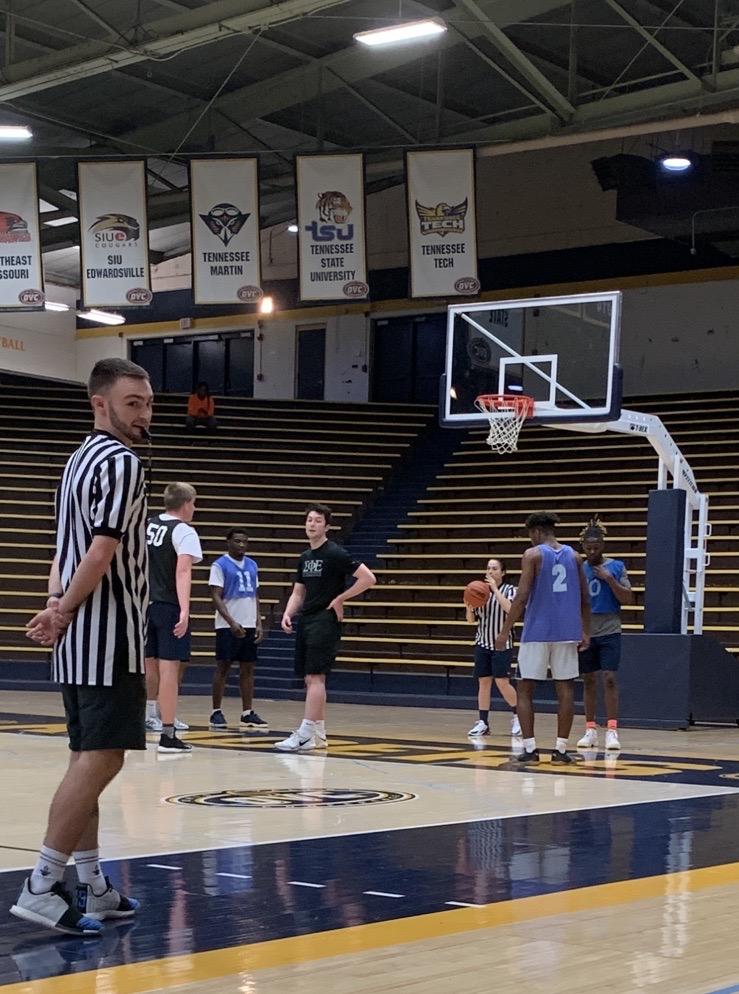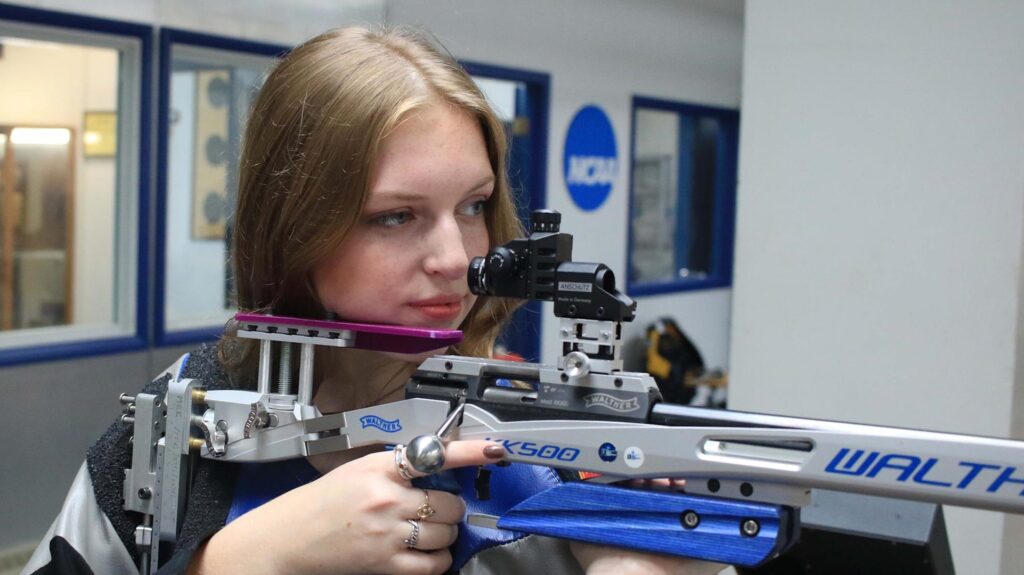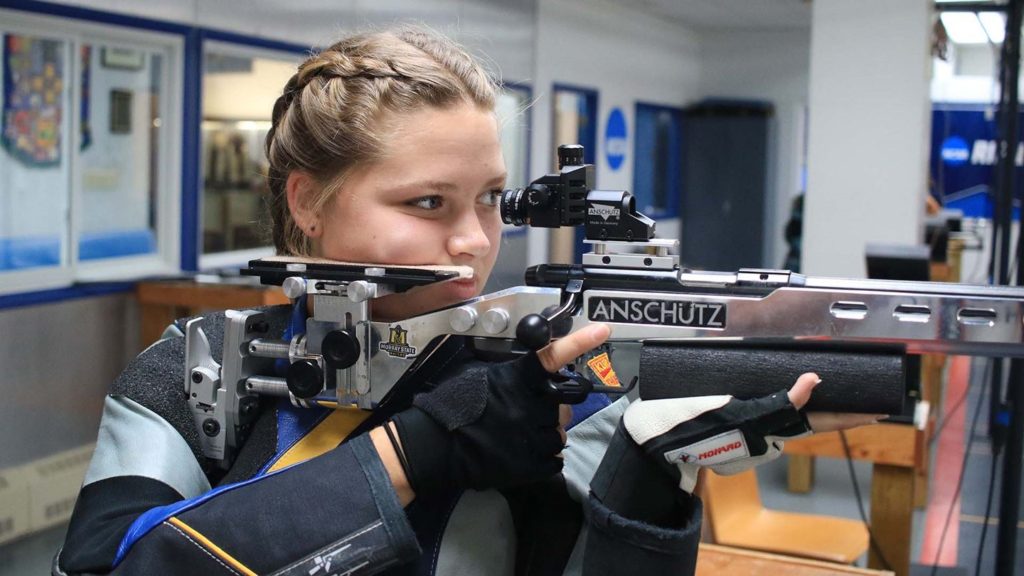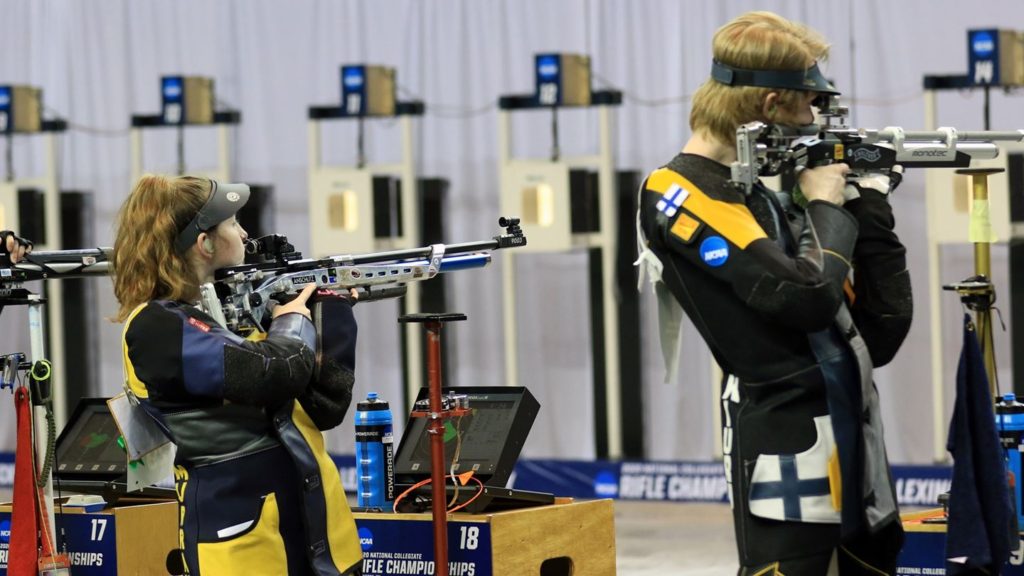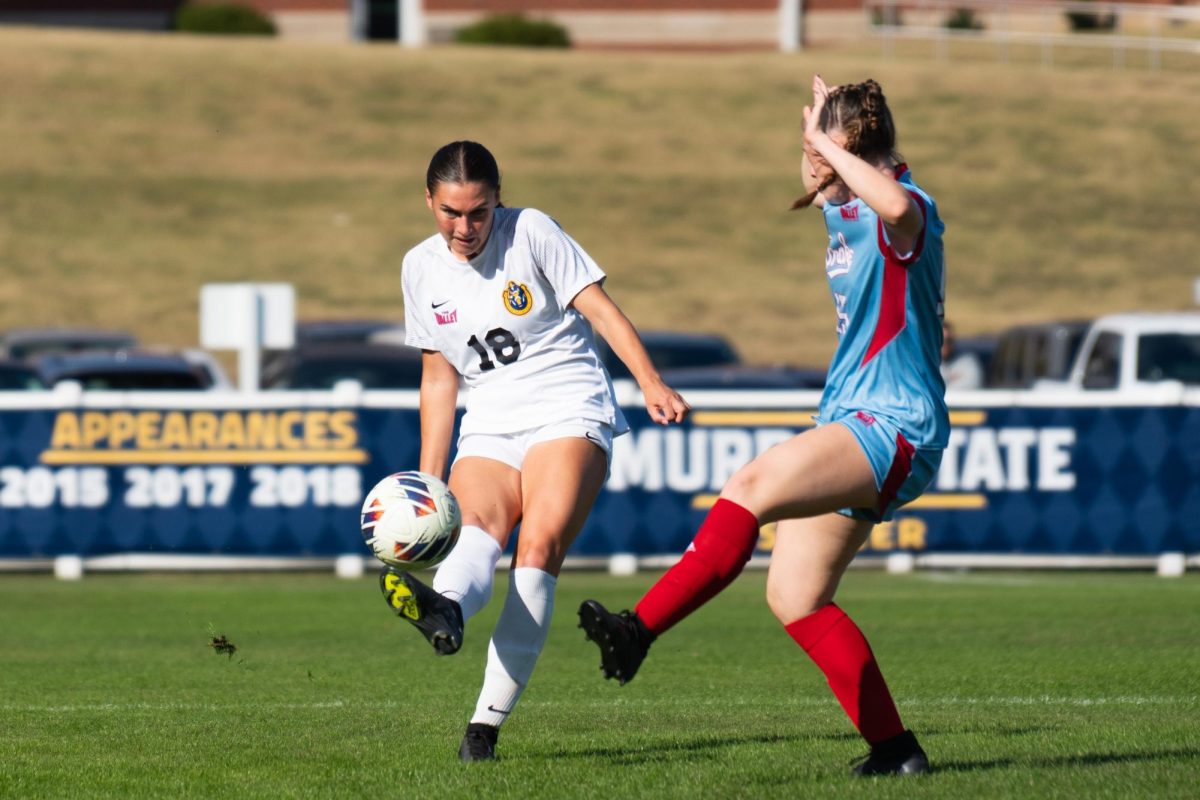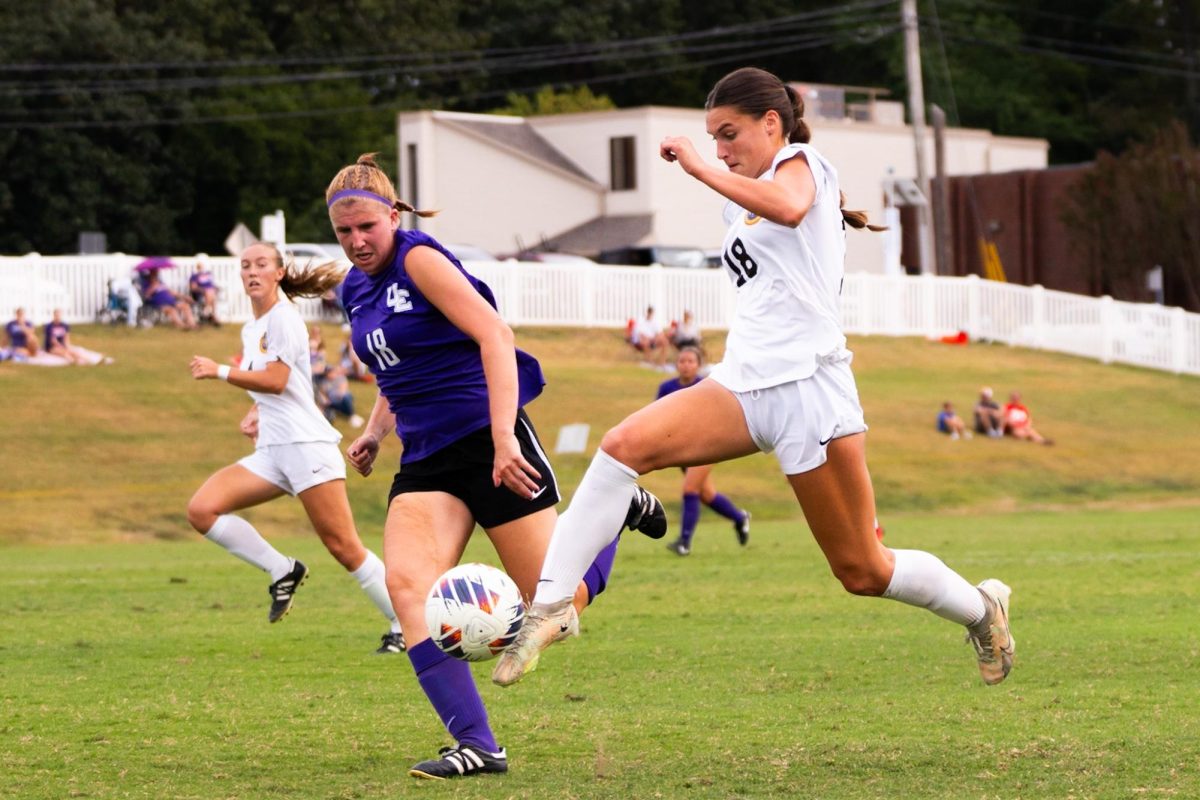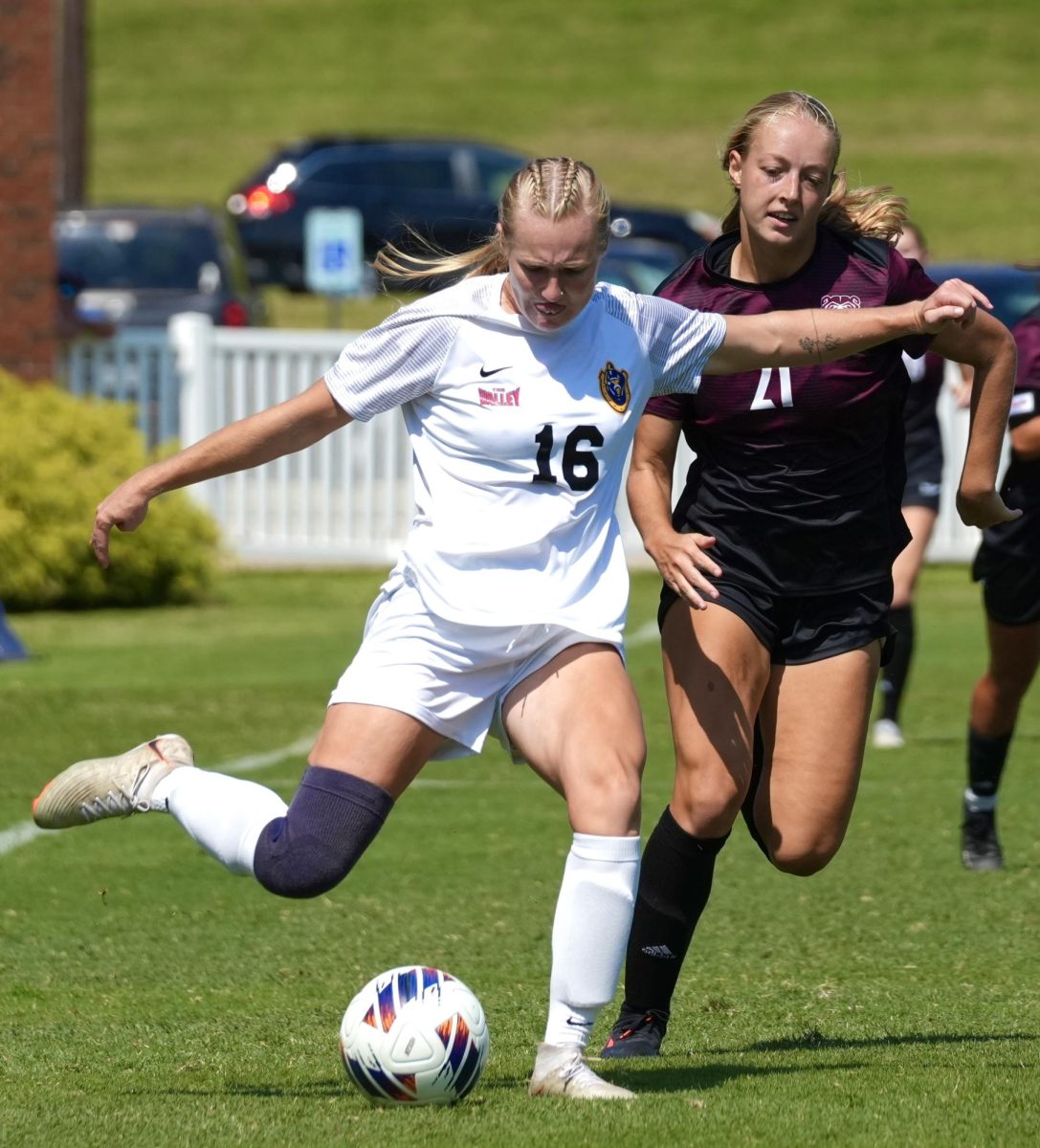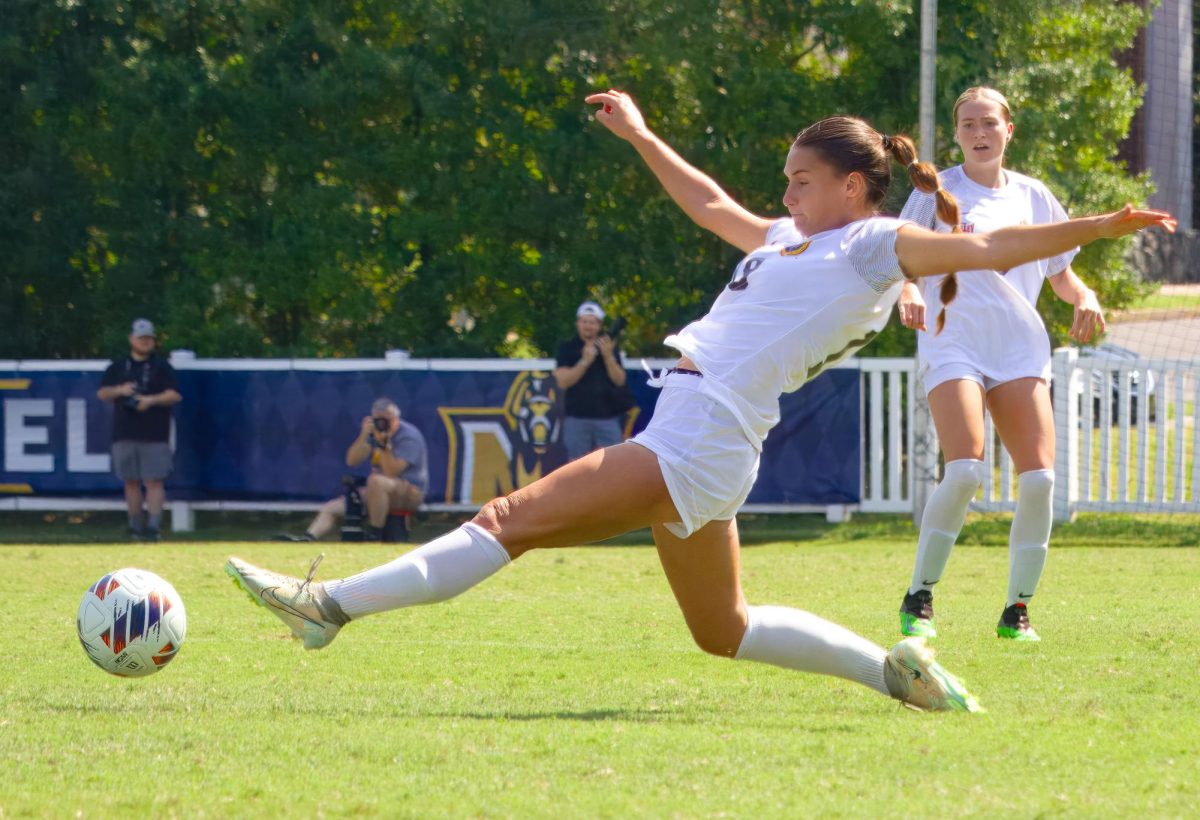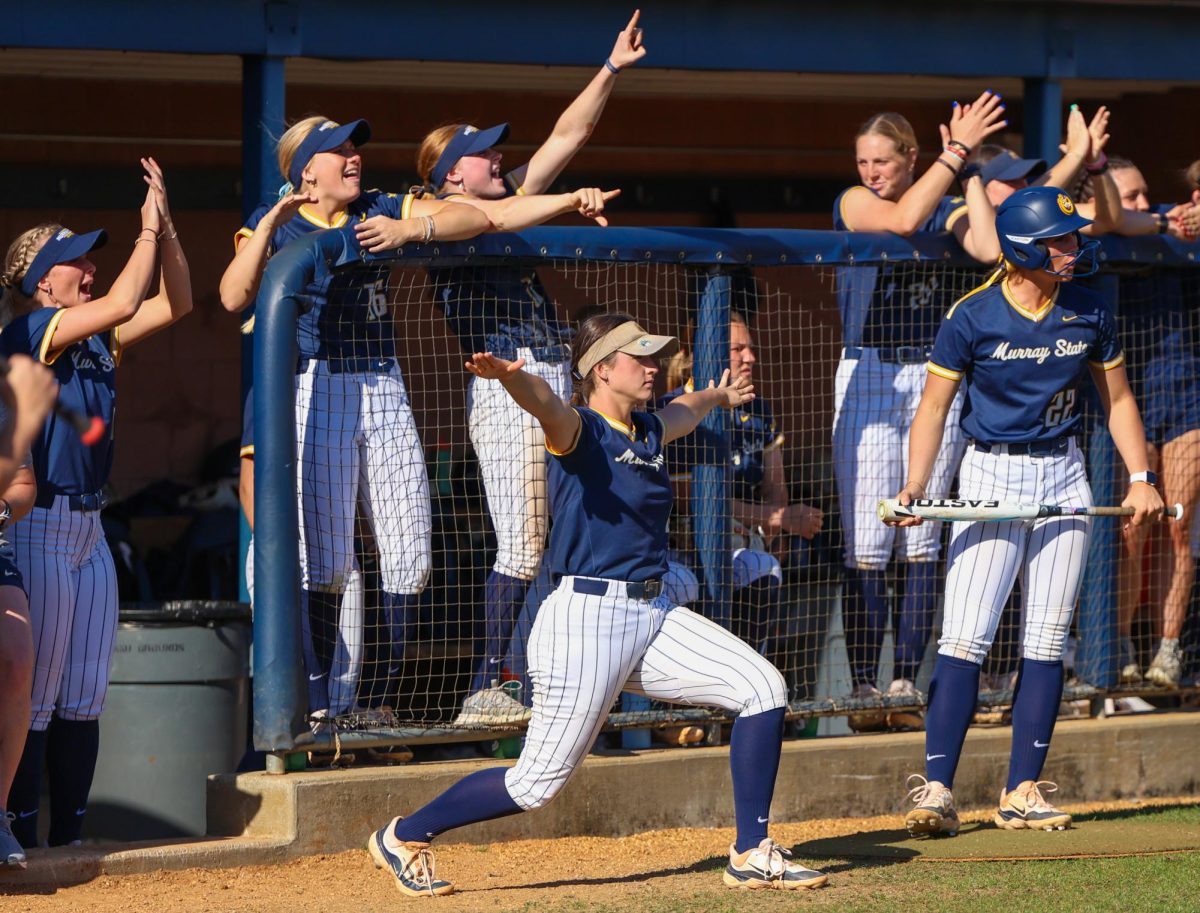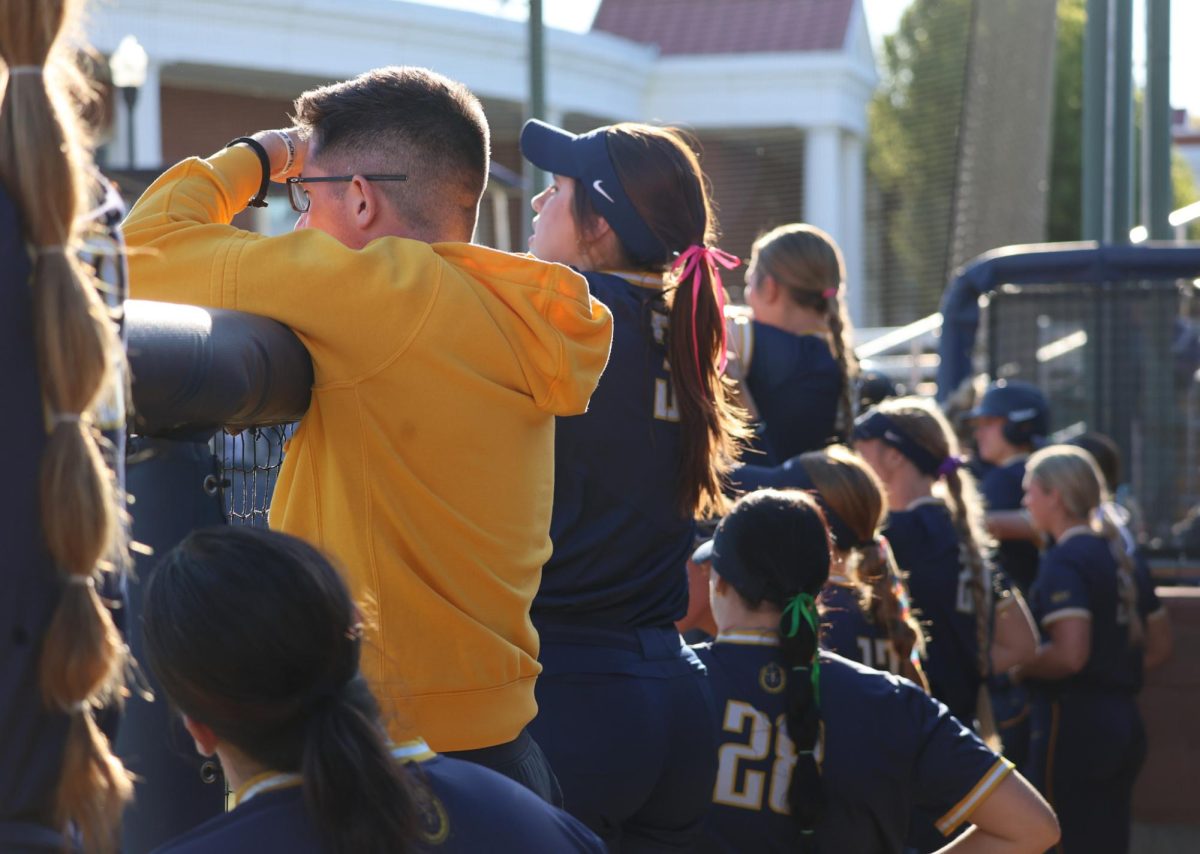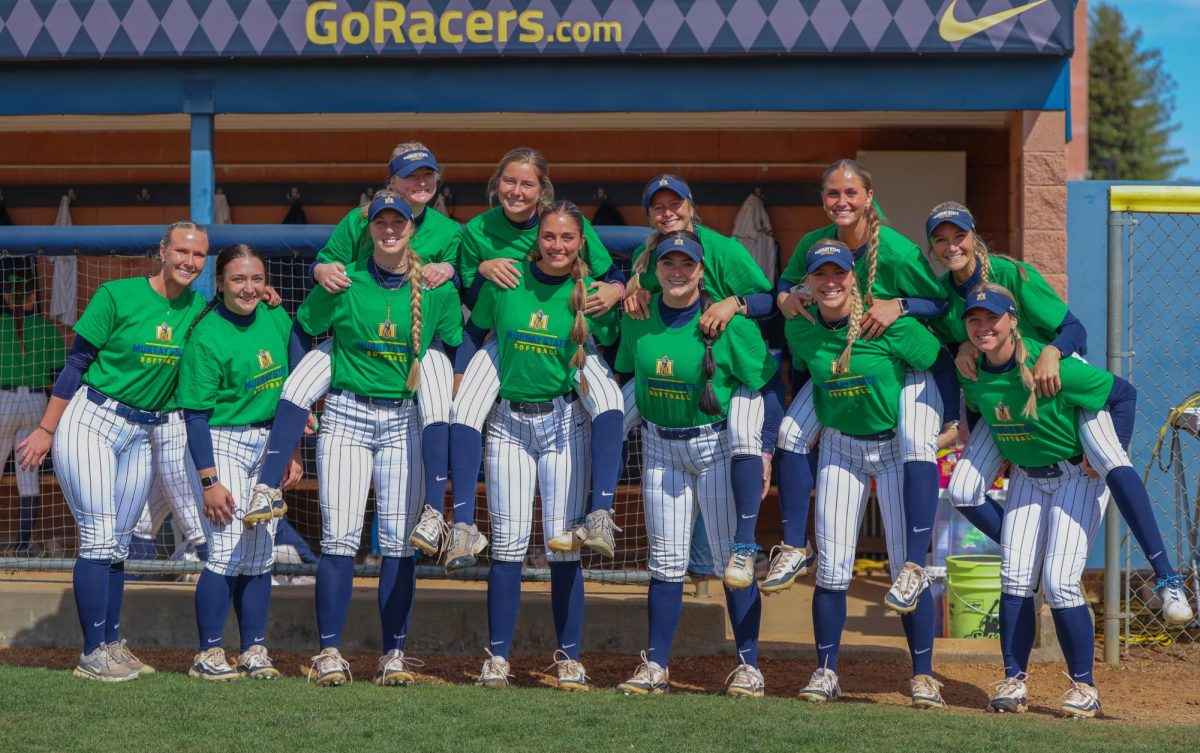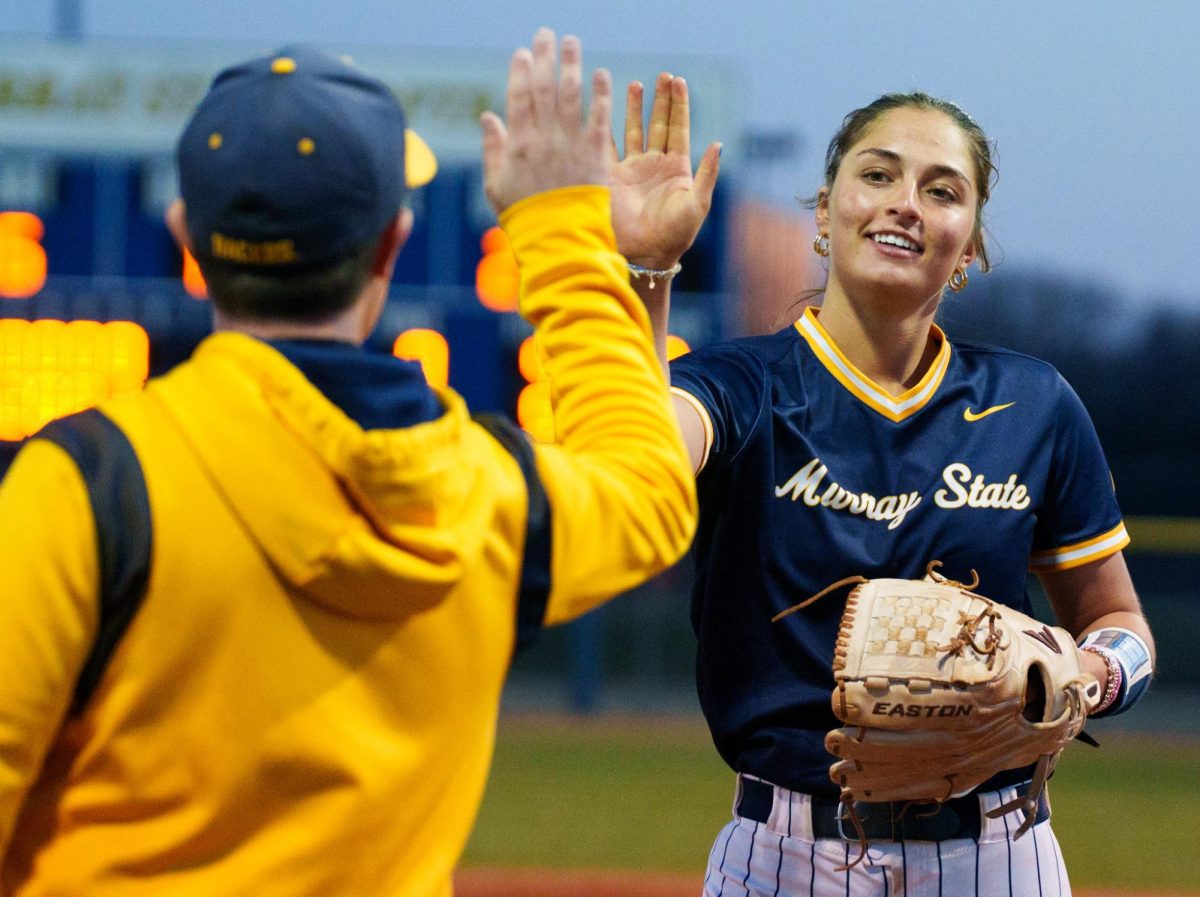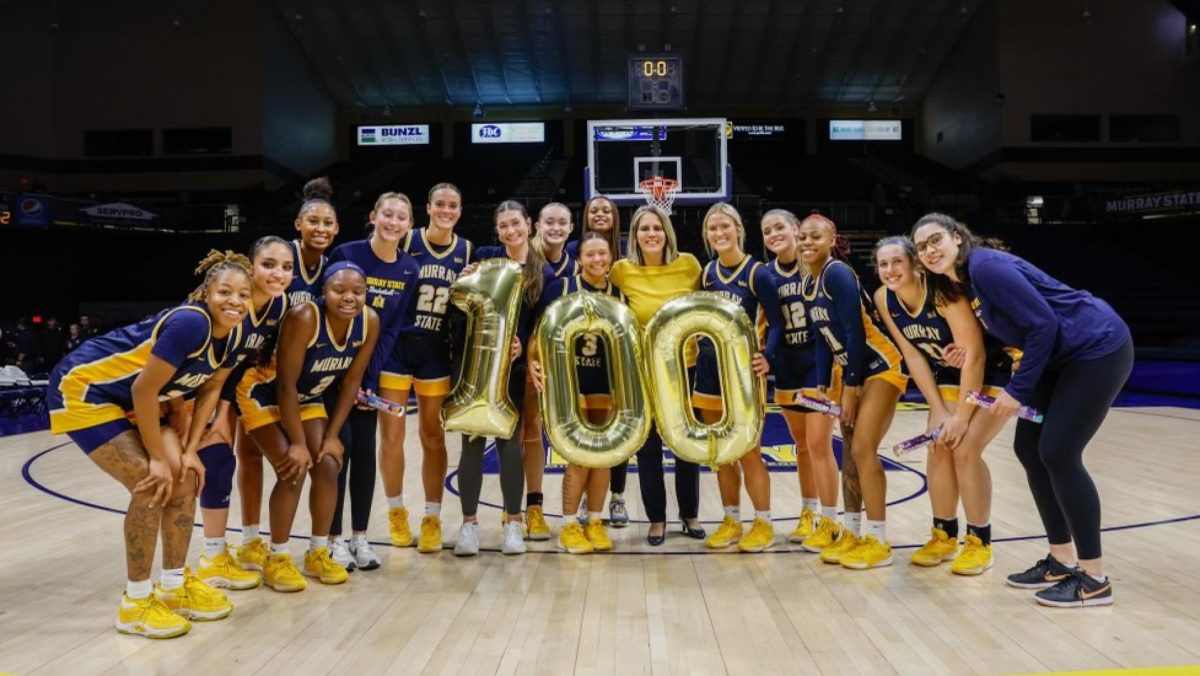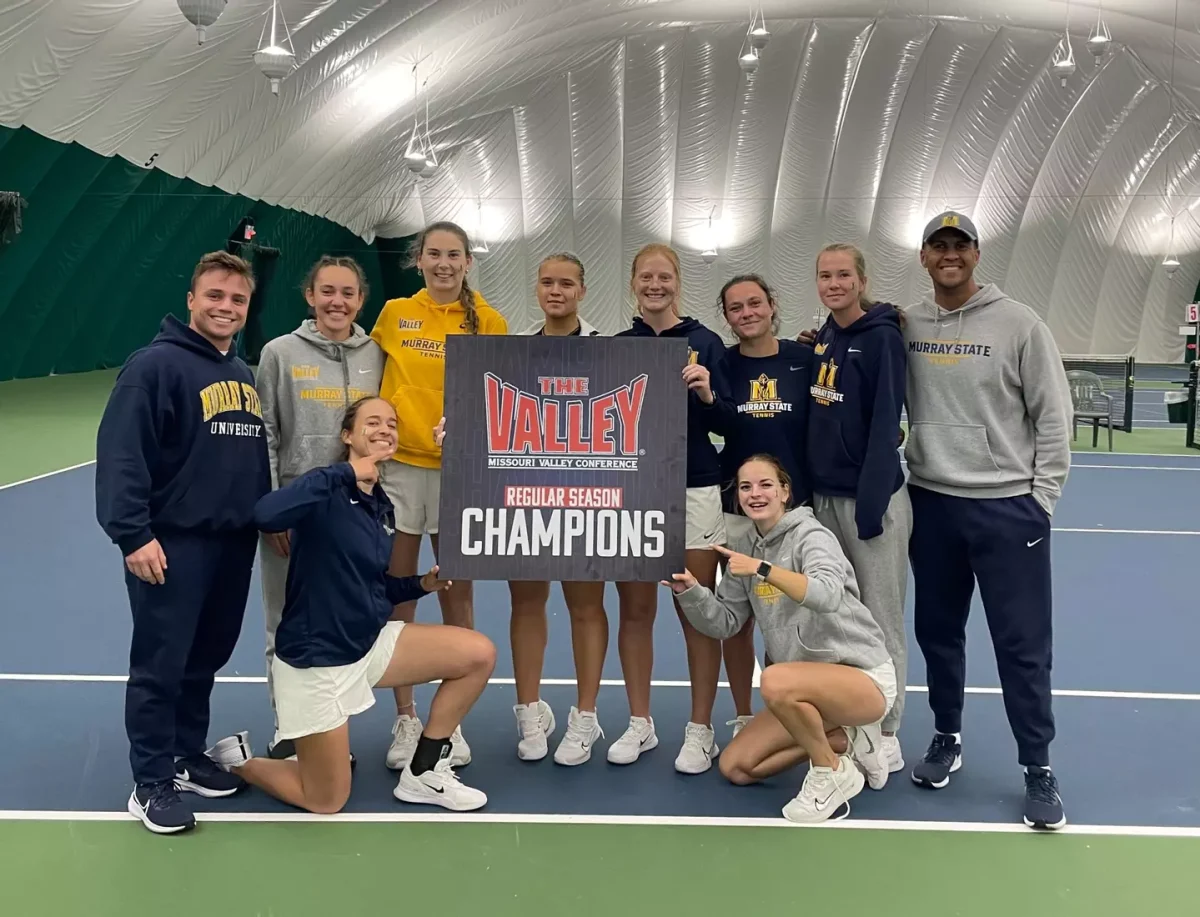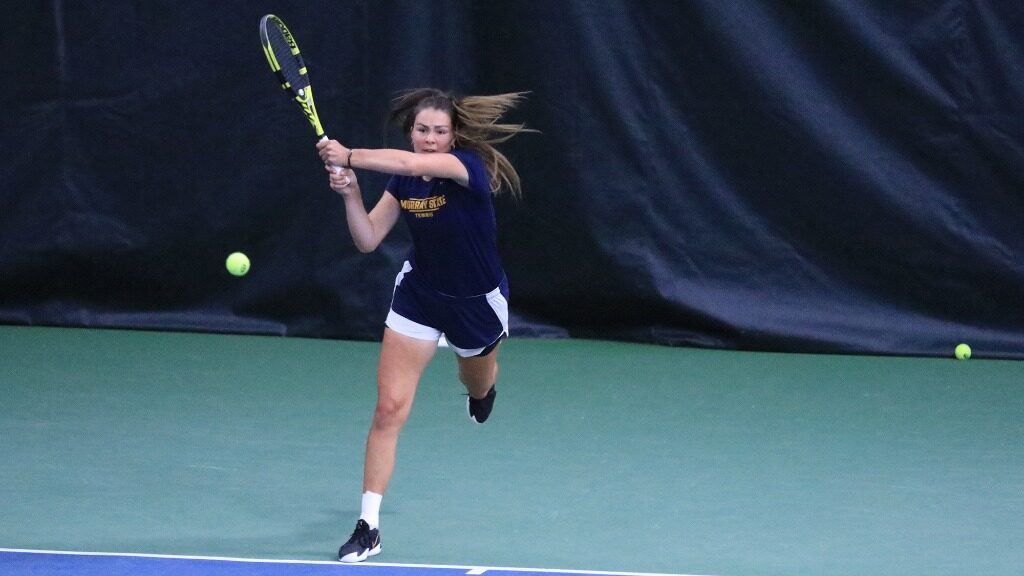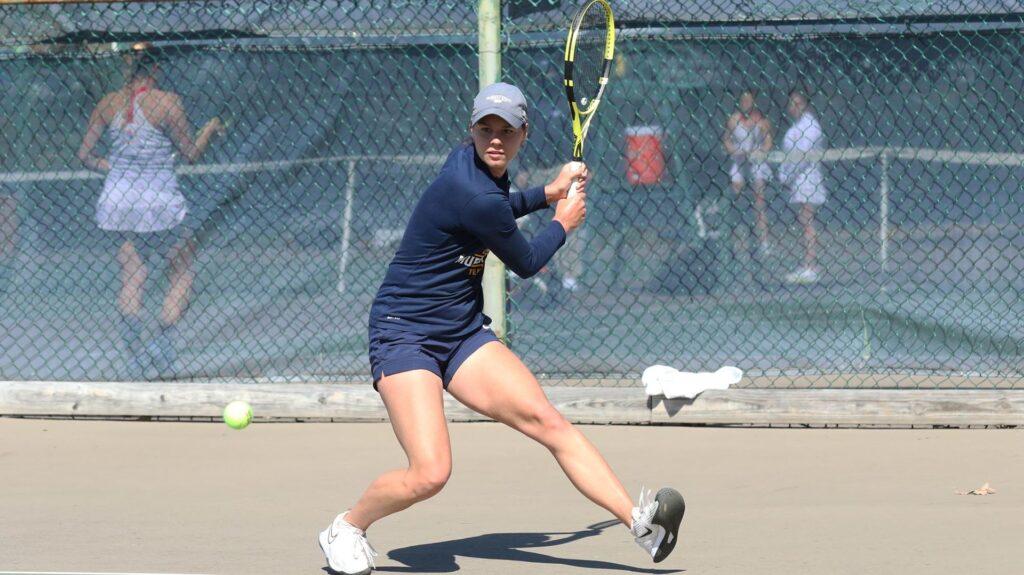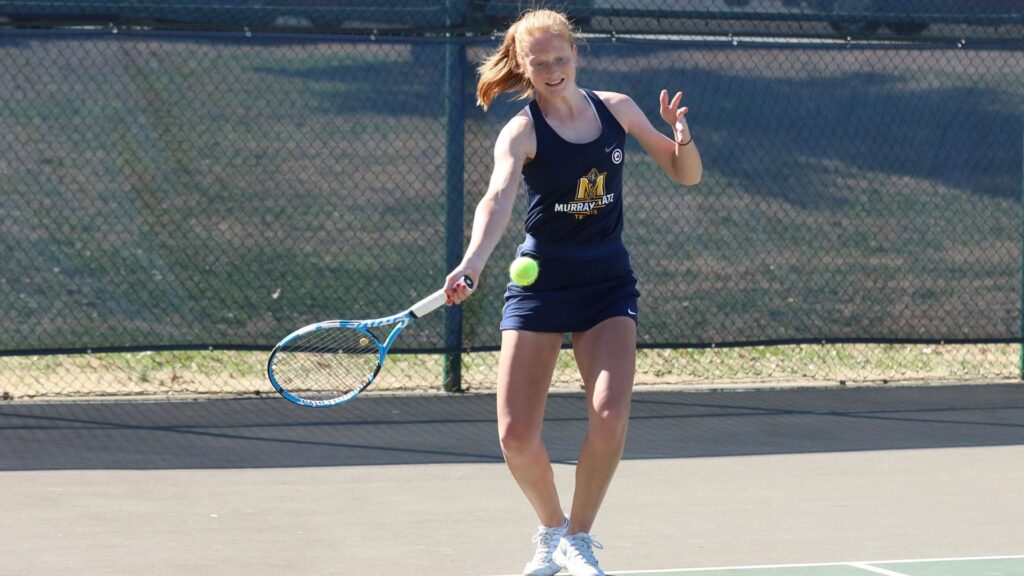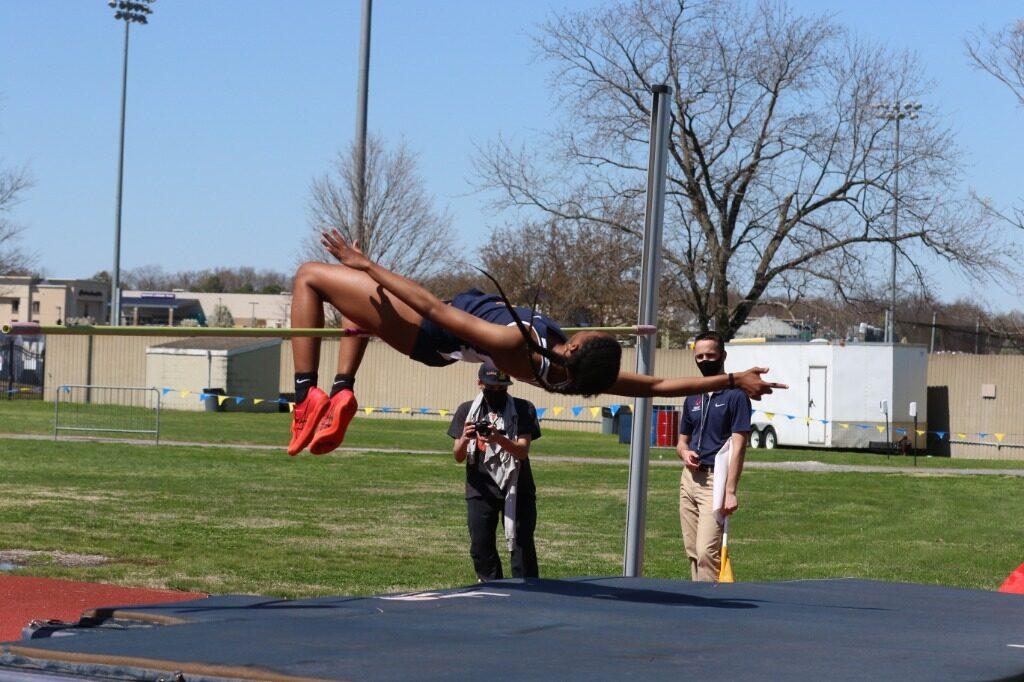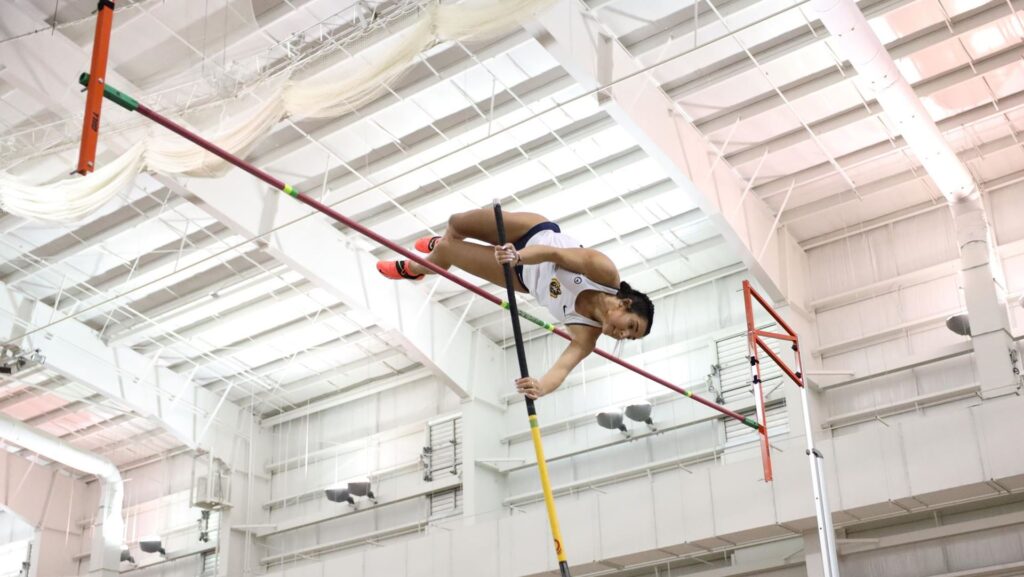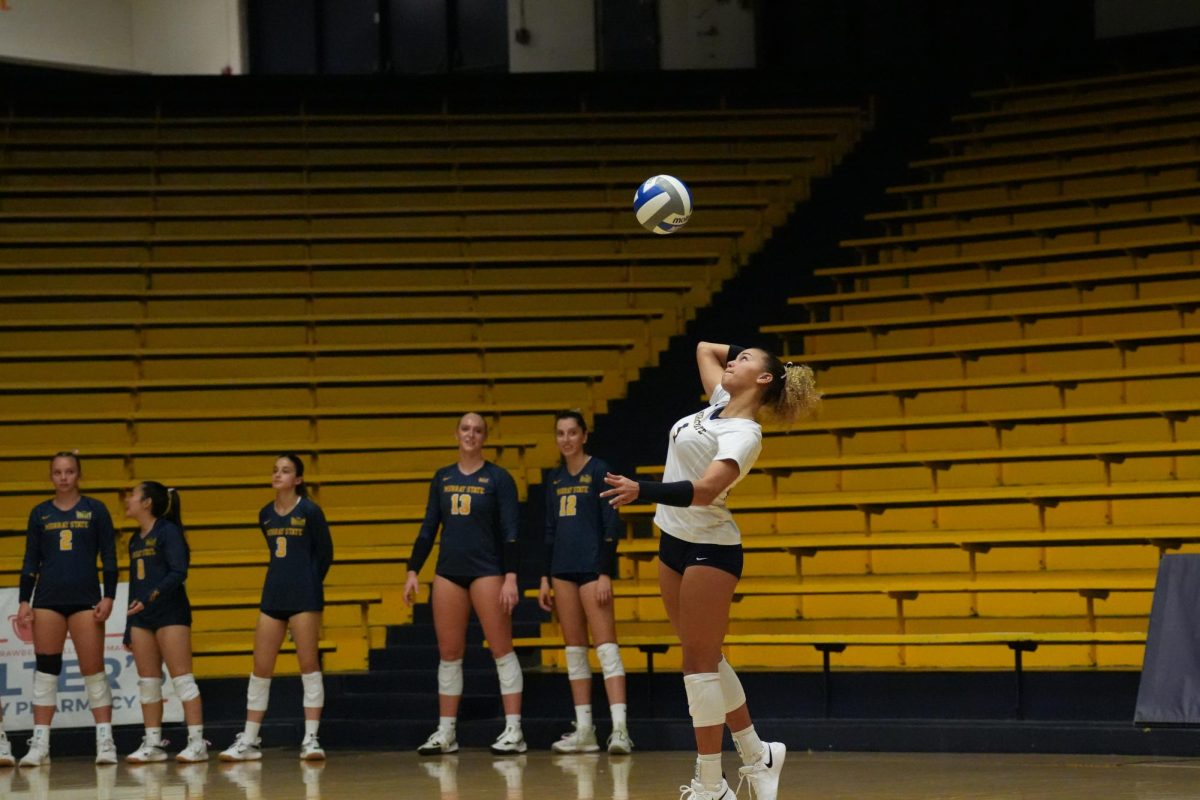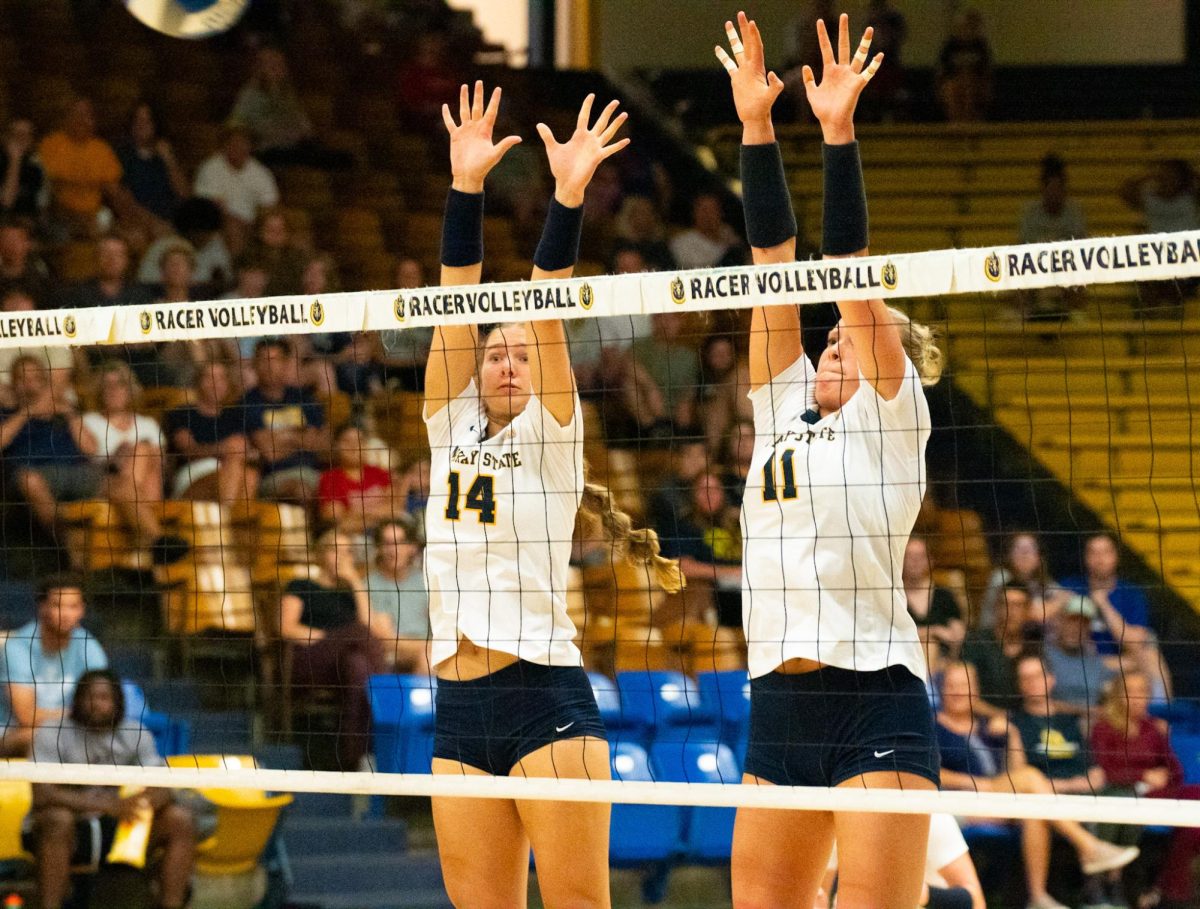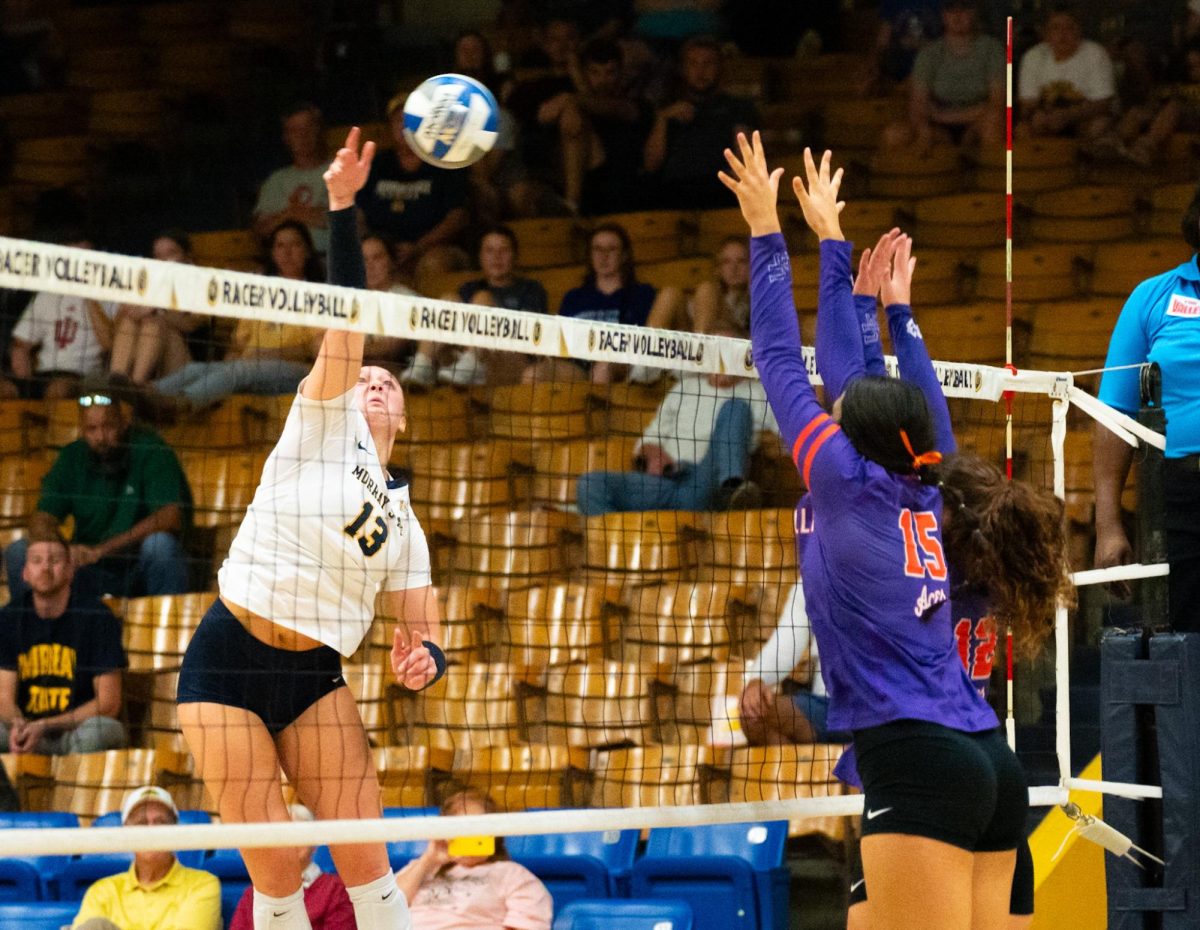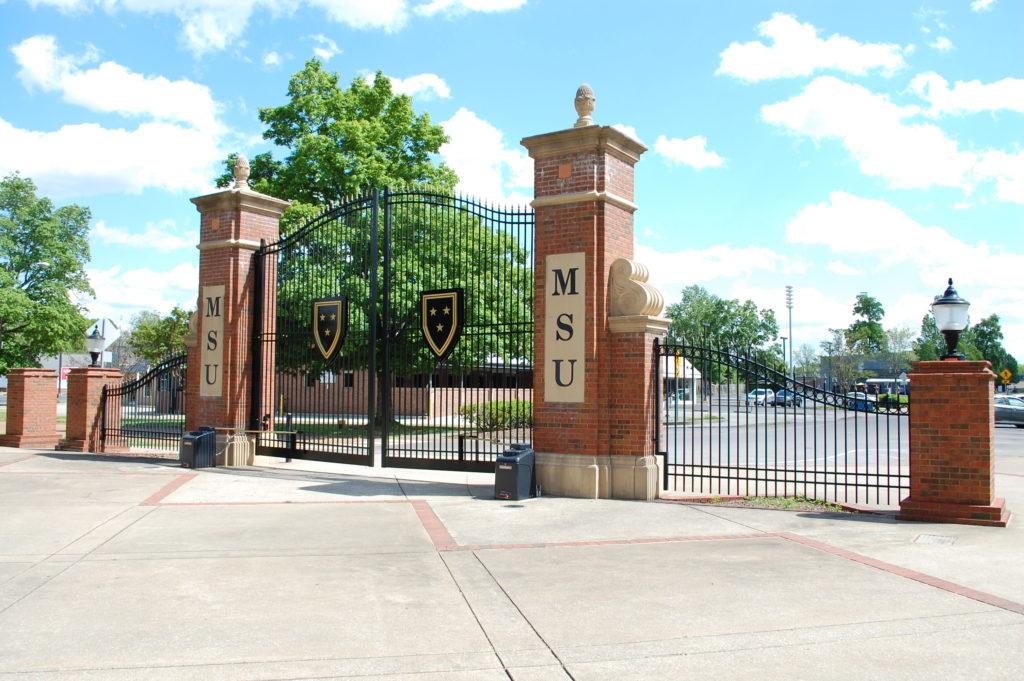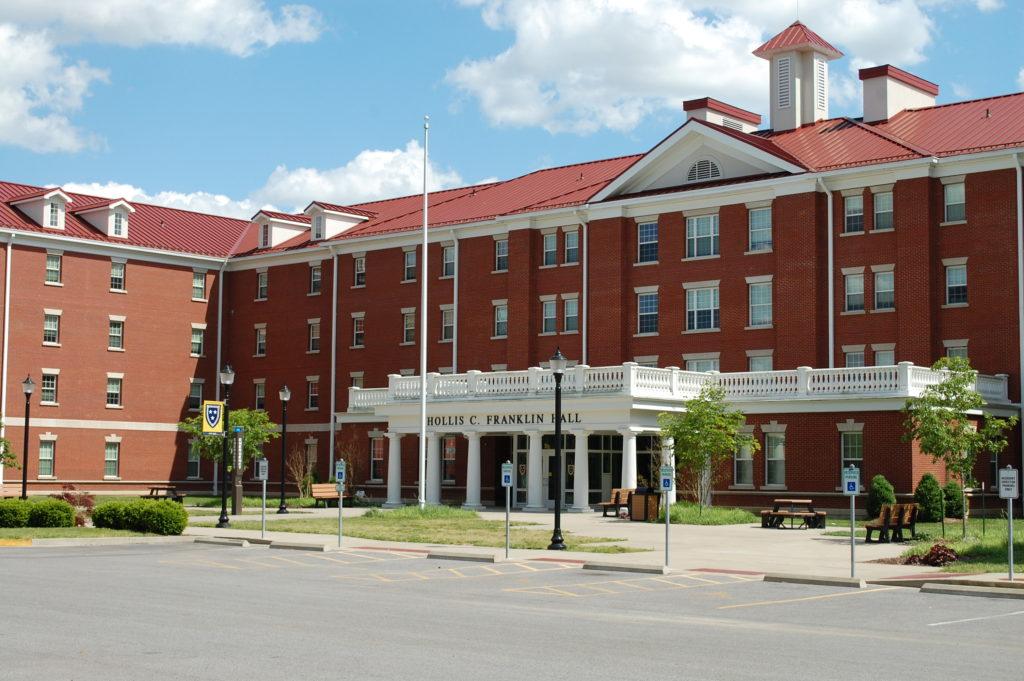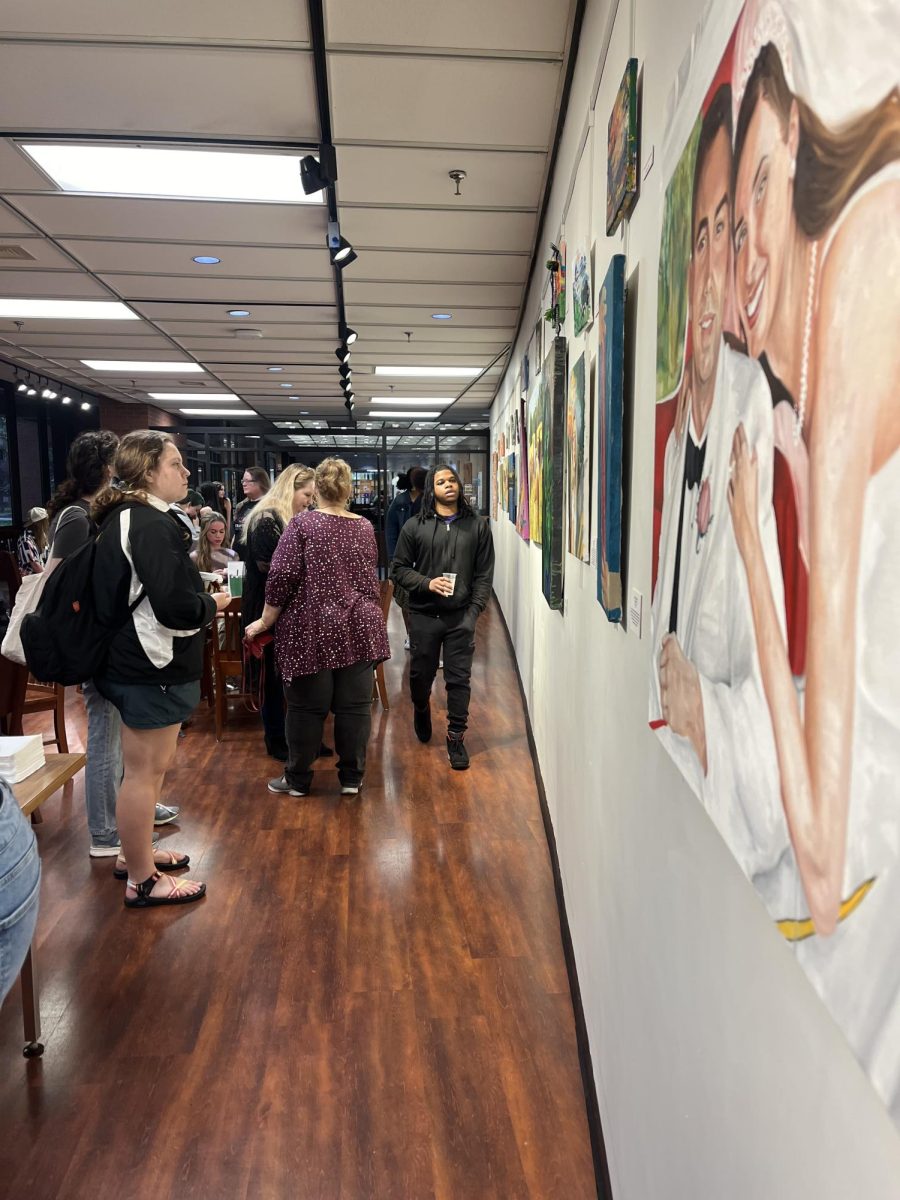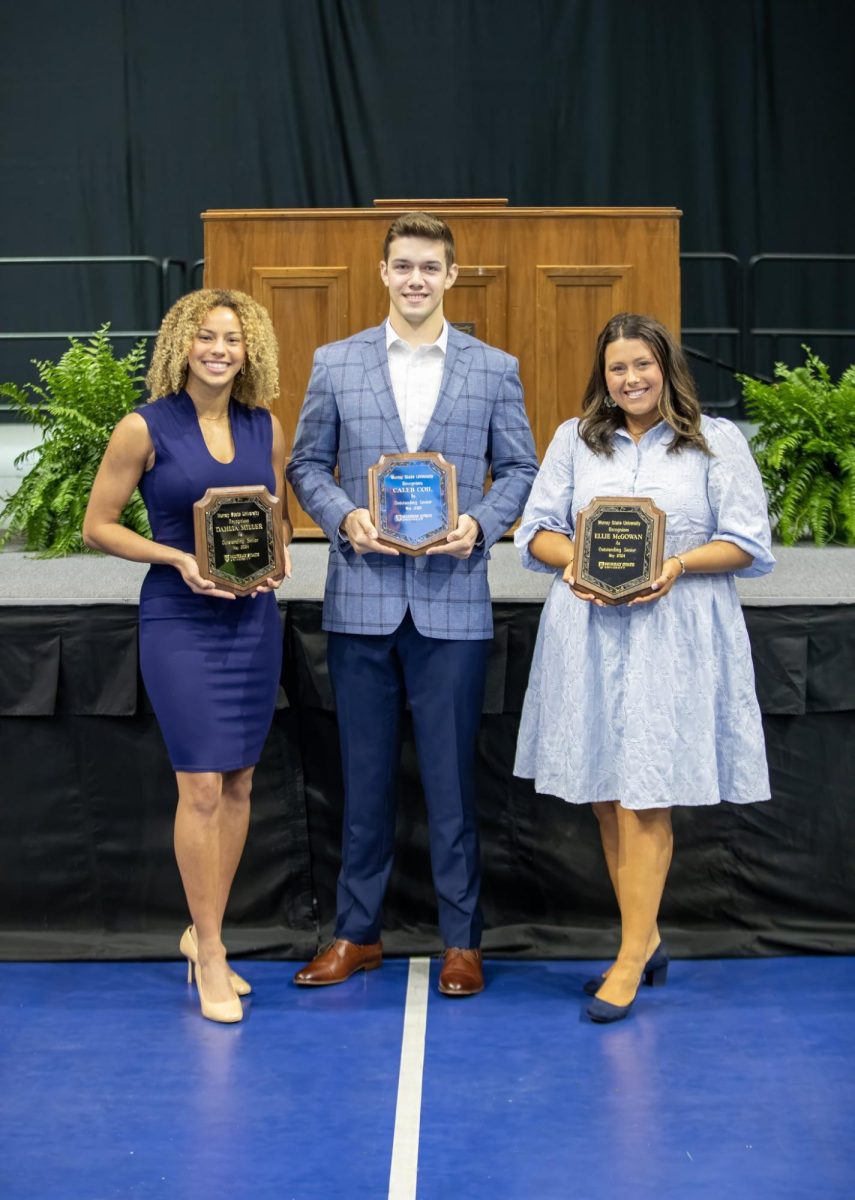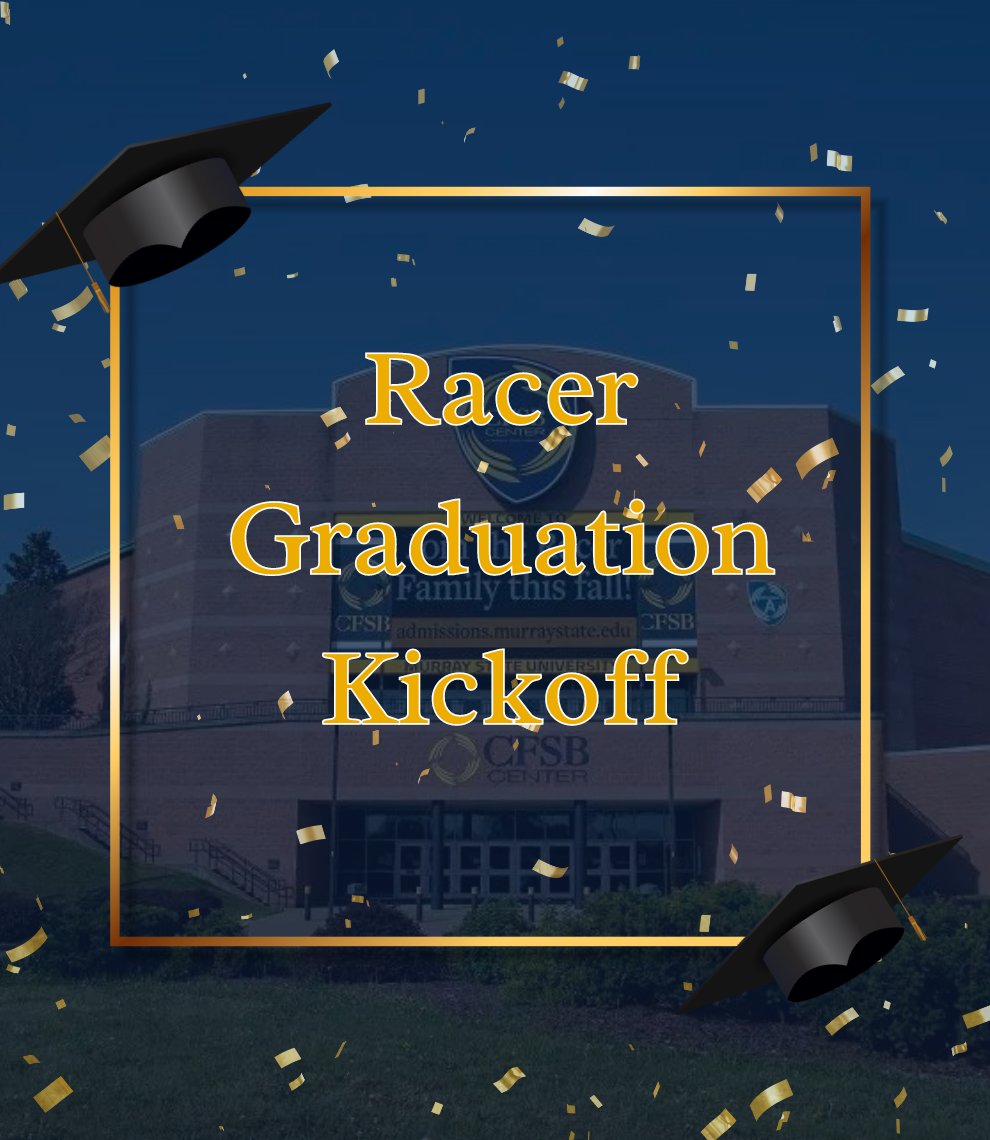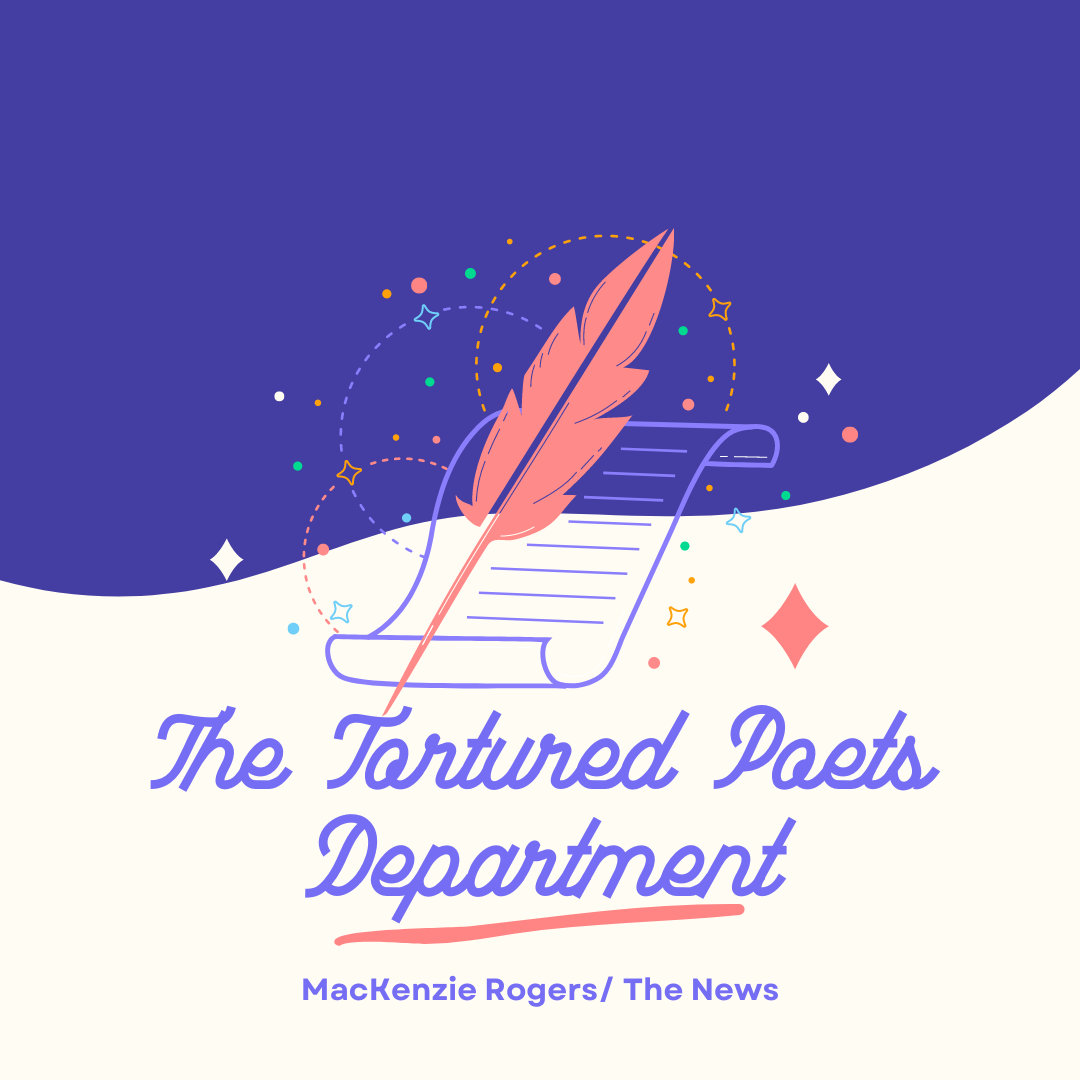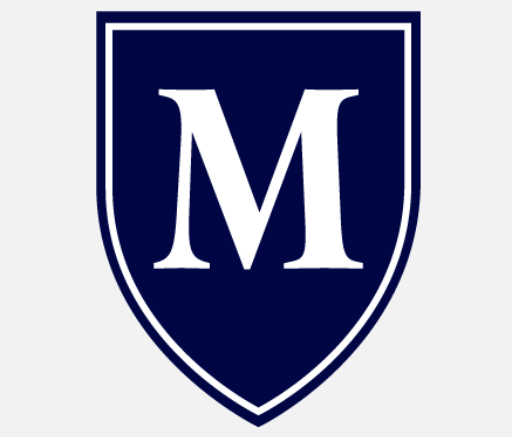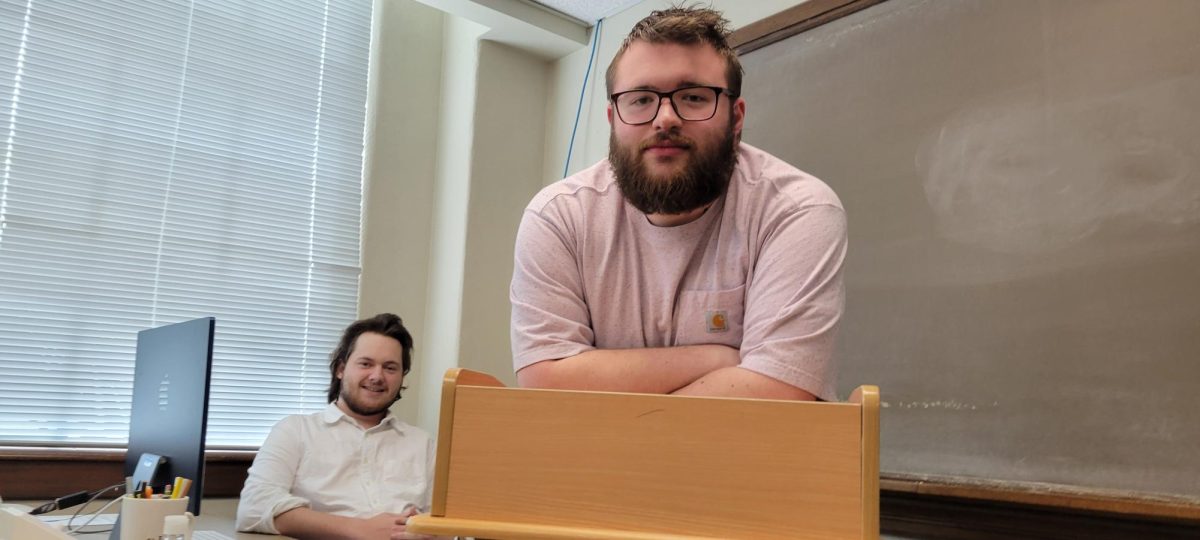Story by James Turner, Staff Writer
Despite a five-year trend of decreases in graduate enrollment, Murray State’s administration is optimistic about the 2018-19 academic year.
Murray State’s graduate student enrollment numbers dropped by 13.8 percent over last year with 200 fewer graduate students. In 2016-17, there were 1,450 graduate students, but this academic year, graduate enrollment is at 1,250.
Robert Pervine, associate provost for graduate education and research, said they have already seen an 8 percent increase in applications for the 2018-19 year.
Pervine said the decline has been due to a few main factors: decreasing funding from international governments for study abroad trips, an improving economy and the cost of graduate school tuition.
“When the economy is better, which is right now, people tend to look more to the job market rather than the graduate school,” Pervine said.
Because most graduate students enroll in late spring through the summer, Murray State won’t have a clear determination for next year for several months.
Pervine said there are several actions being taken and considered to deal with the lowered graduate enrollment.
New academic programs will be introduced, such as a master’s degree in occupational therapy for the summer.
Another is a set of certificate programs for high school teachers across Kentucky. Pervine said they are going to introduce a set of post-secondary education certificates, allowing teachers to teach dual credit courses in high school.
“That’s something we’re seeing a big demand for now,” Pervine said.
Pervine said conceptually, any high school teacher in Kentucky could take advantage of the program but will likely draw mainly from high school teachers in the 18 county service region.
Kentucky is making a big push for more high school students to have college credit before they enter a post-secondary institution, but before that can happen, Pervine said there must be high school teachers qualified to teach college courses.
More courses will be offered online, and class time frames will be shortened to eight or even four weeks.
“Most of the teacher leader programs in education are available now, or soon will be available fully online,” Pervine said. “So, it’s a pretty big effort on our part to make it as easy as possible for students to get access to our courses.”
He said they’re even looking into combining a bachelor’s and master’s degree into a five-year period. Accelerated programs, or jump programs, allow graduates to take courses towards their master’s degree in their final undergraduate year, which would give them a head start should they return.
“It’s all about convenience,” Pervine said. “Making it easier for adults and working students to access our course work.”
The admissions process could also change in the future. He discussed possible admission ideas with a recruiter from Missouri State. This detail, which he said was brought up at the March Board of Regents meeting, caused a little confusion that Murray State uses Missouri State’s model, which isn’t true.
“I think that there’s a recognition on our part that we need to streamline the admissions process to graduate school,” Pervine said.
He also said the decision between when an application arrives and when the University replies needs to be made as quickly as possible.
Pervine said as another potential countermeasure to the drop in international student enrollment, they are looking at possible adjustments to international tuition rates, but nothing has been finalized yet.
There has also been a big push on recruitment efforts this year.
Matthew Jones, coordinator for graduate recruitment and retention, came onboard October 9 of last year and has been attending different fairs and universities to recruit new students.
Jones said that in the 2016-17 academic year, the office of recruitment staff had been to 18 or 19 events.
“At the end of this year, we’ll have gone to 41,” Jones said. “And by we, I mean me.”
Jones has traveled to Kentucky, Indiana, Missouri, Tennessee and Oklahoma. He said there’s potential to go even farther in the future if the interest is there.
“I’m willing to go anywhere I need to to get students in the University,” he said.
Jones said he gets a lot of questions concerning online, in-person and hybrid courses, but the biggest question he receives is about tuition rates and whether graduate assistantships are offered.
Jones offered some advice to students.
“Explore your options,” Jones said. “Talk to faculty within a program you might have interest in. Some students think master’s degrees are another four years, but often they’re much shorter.”



